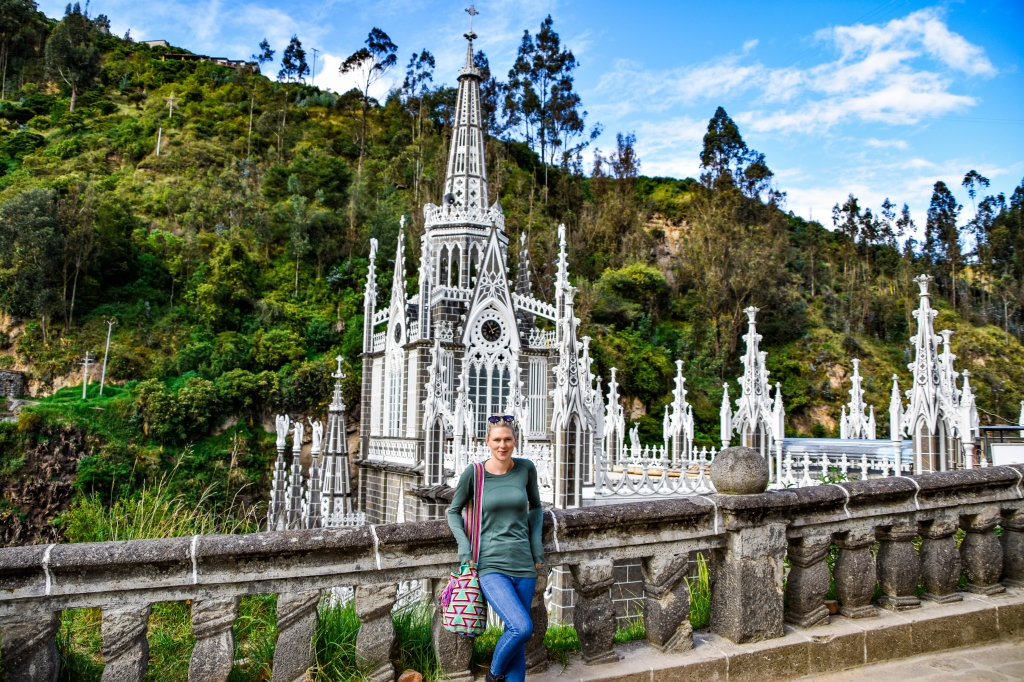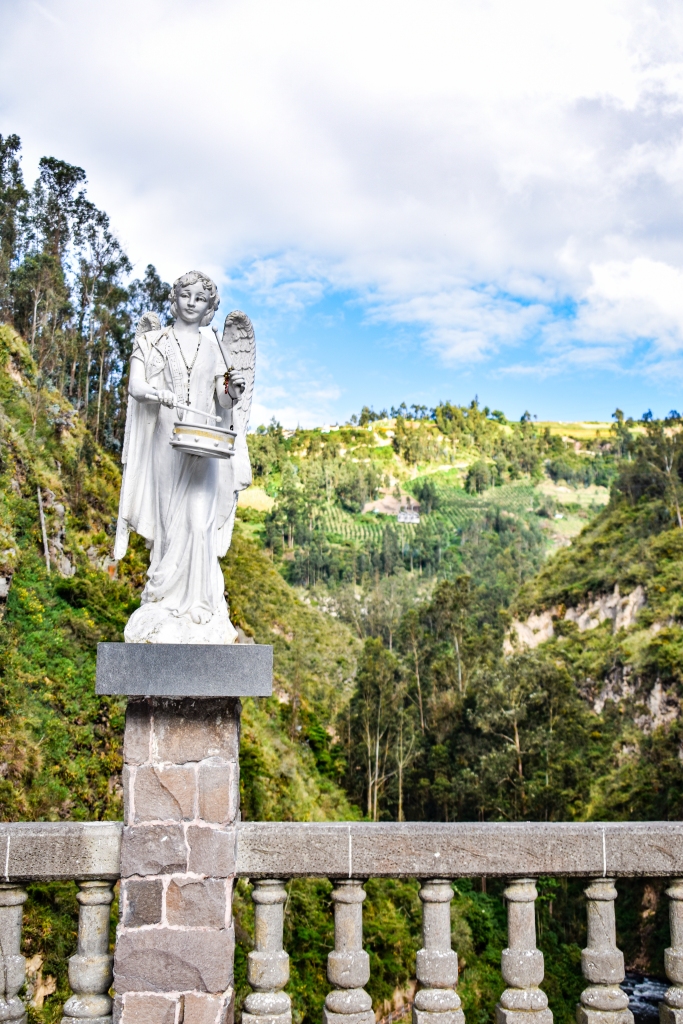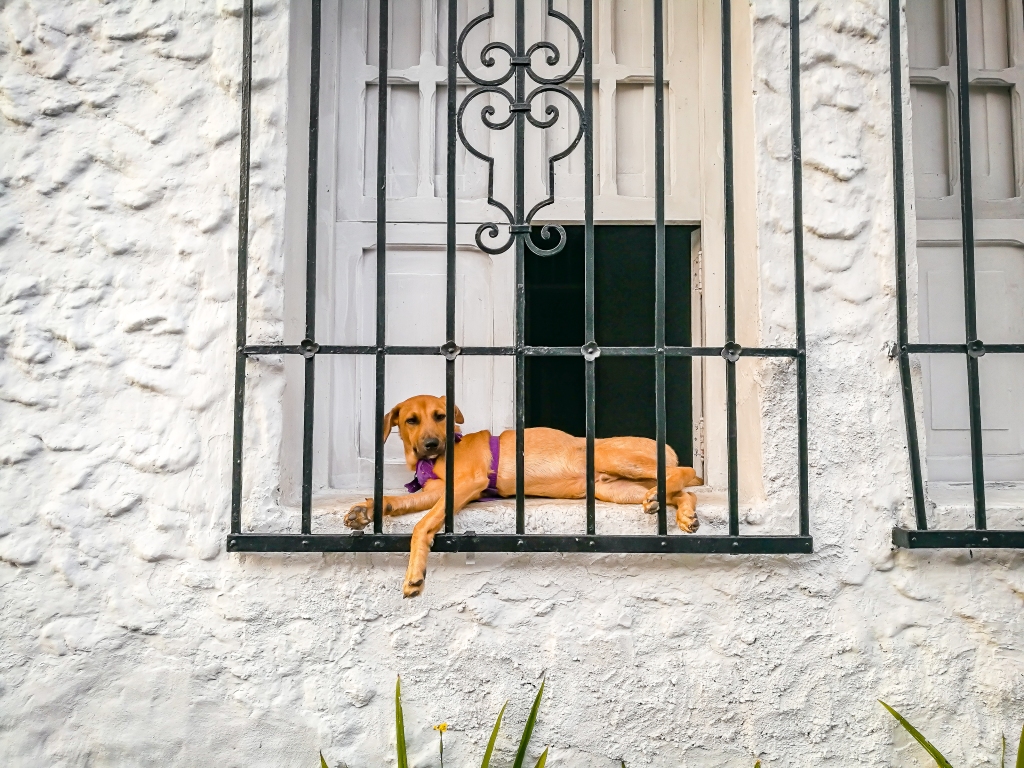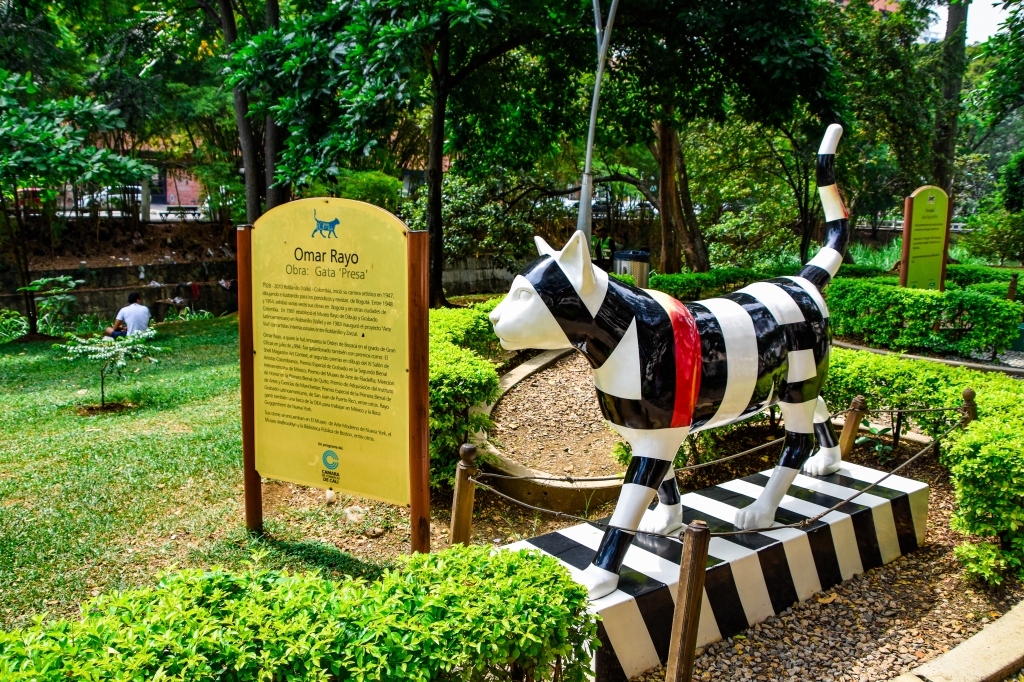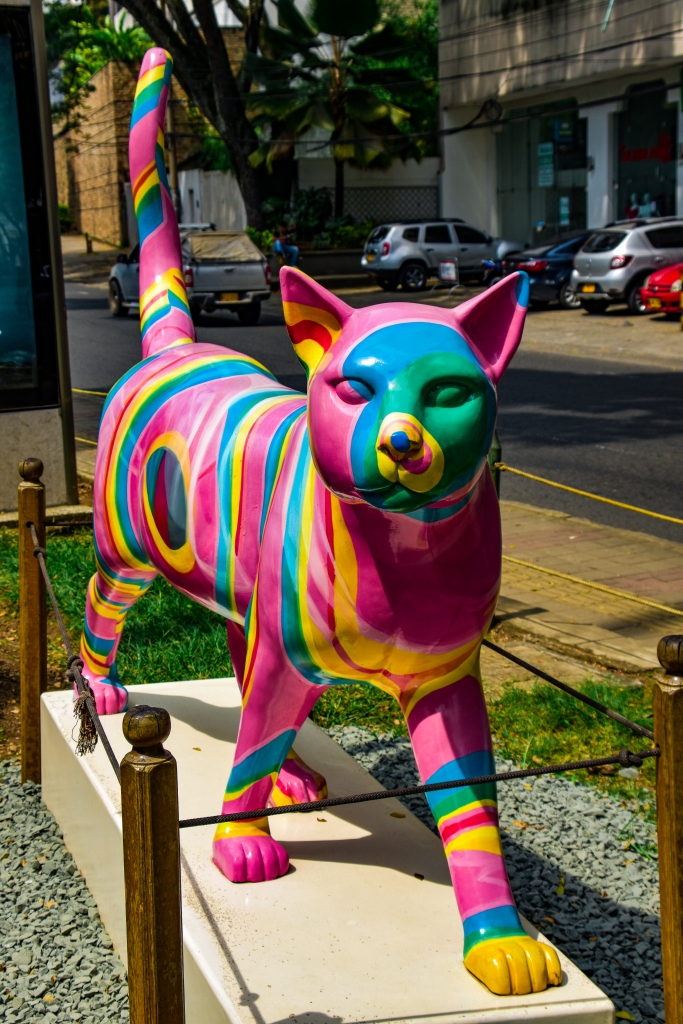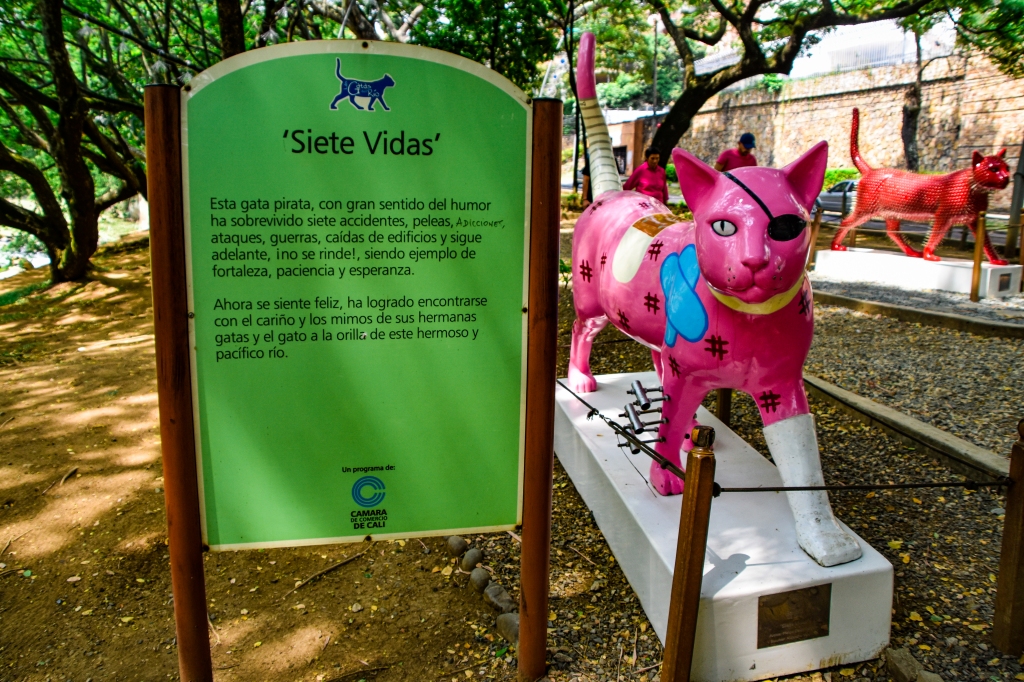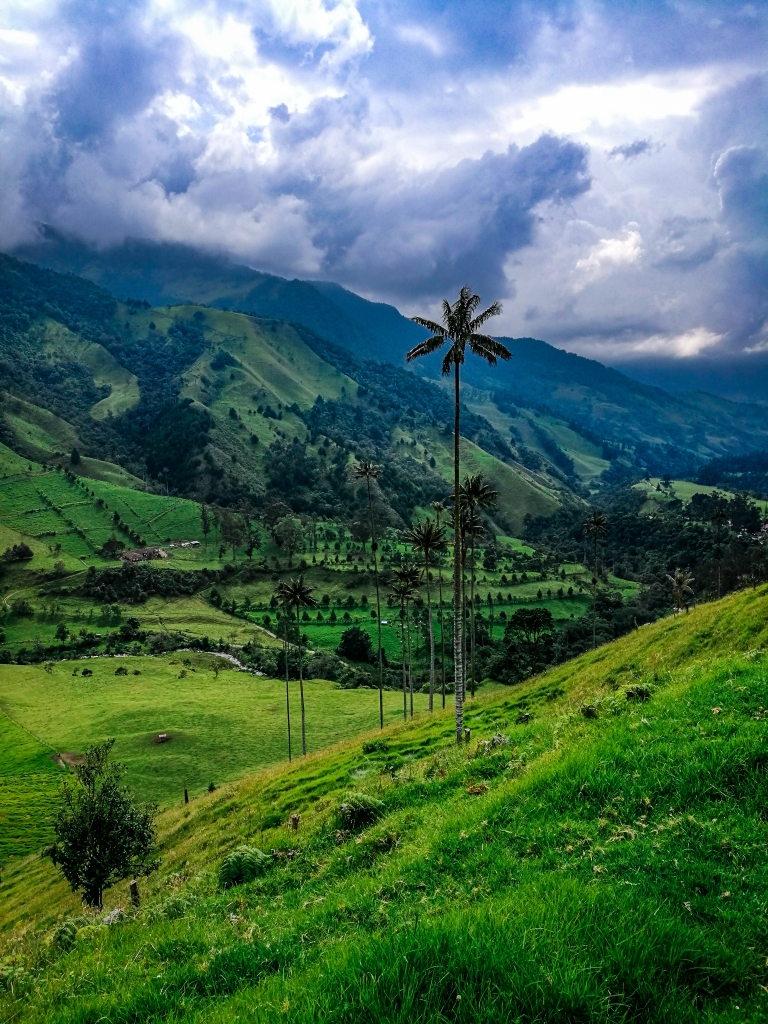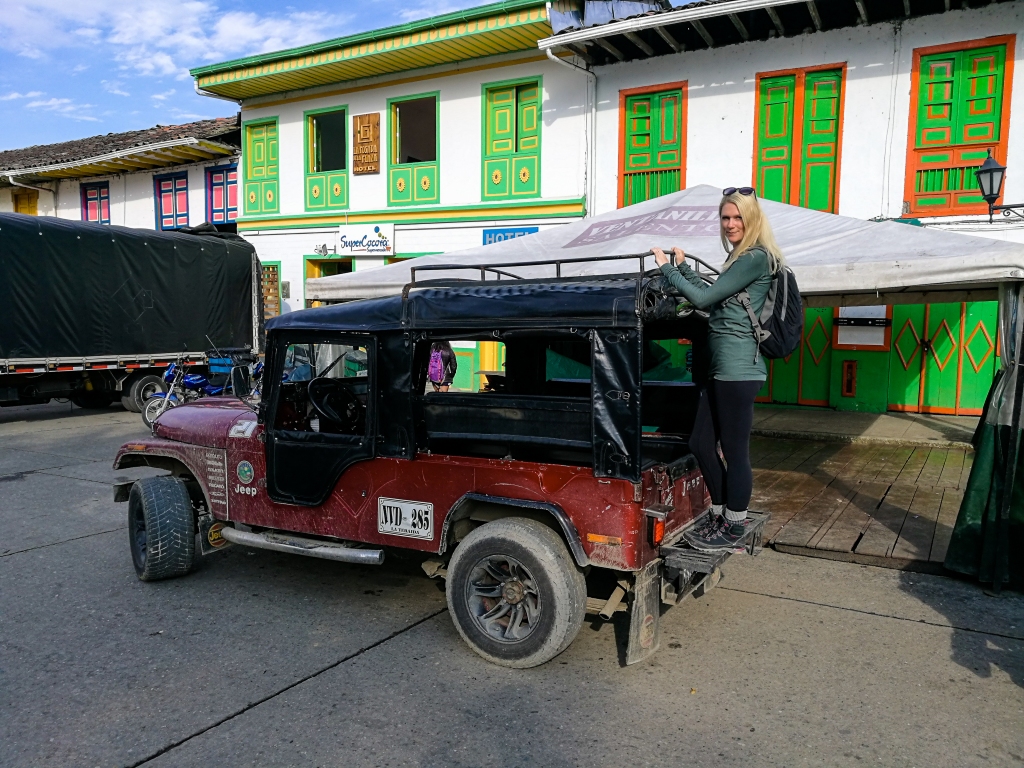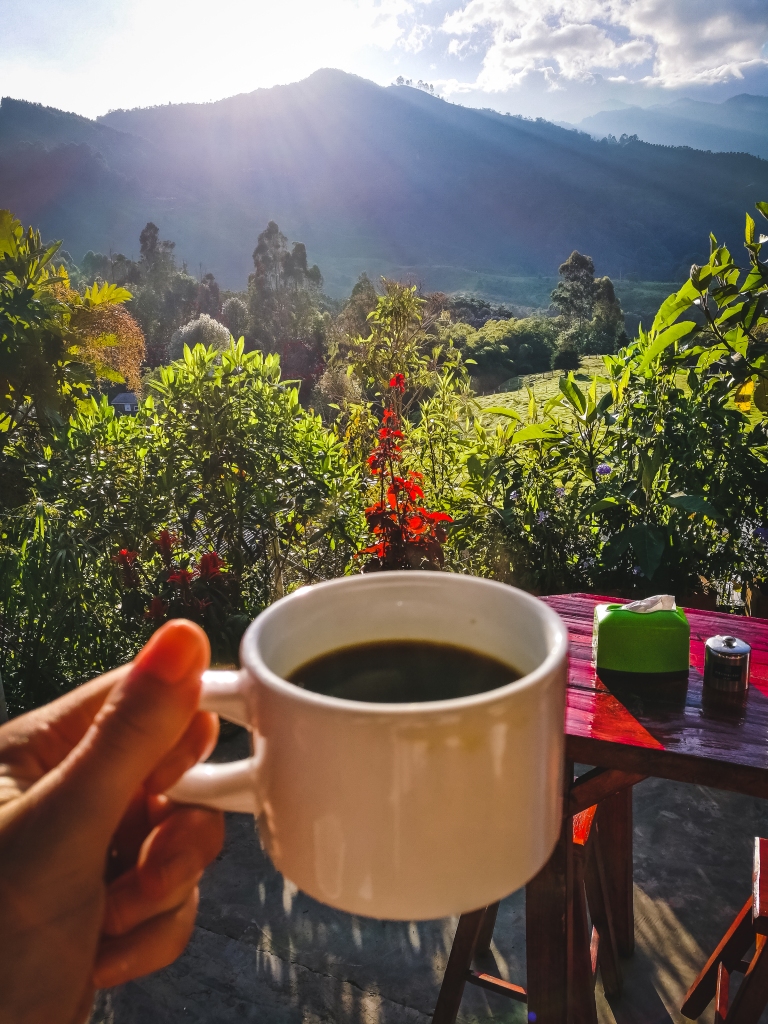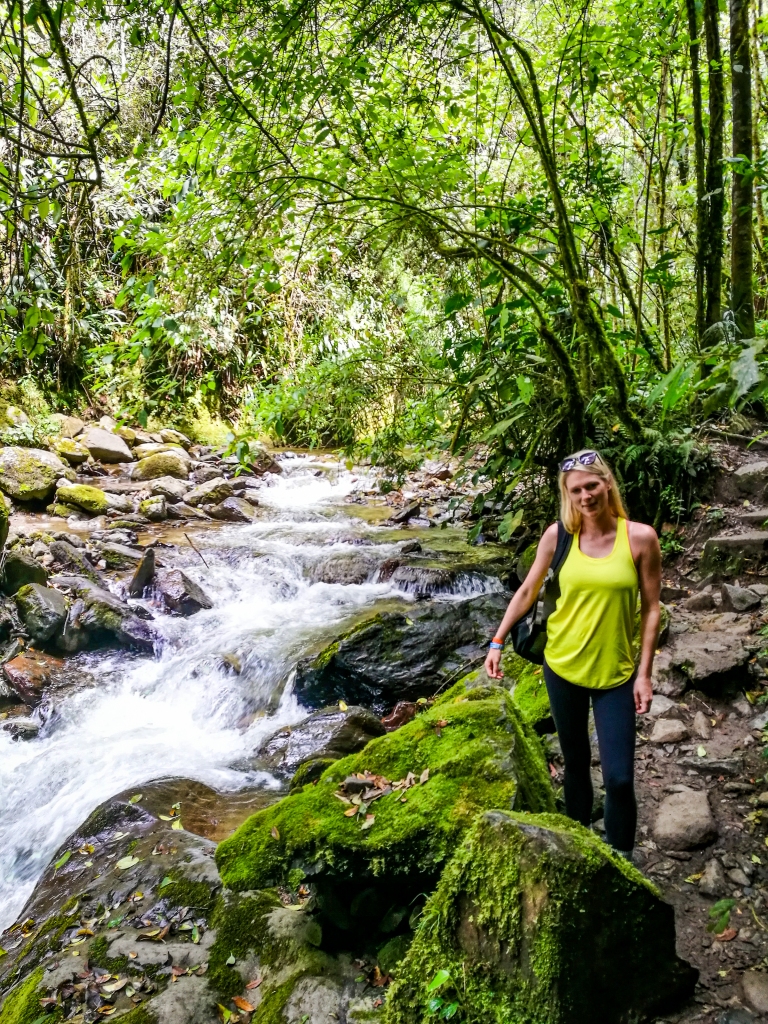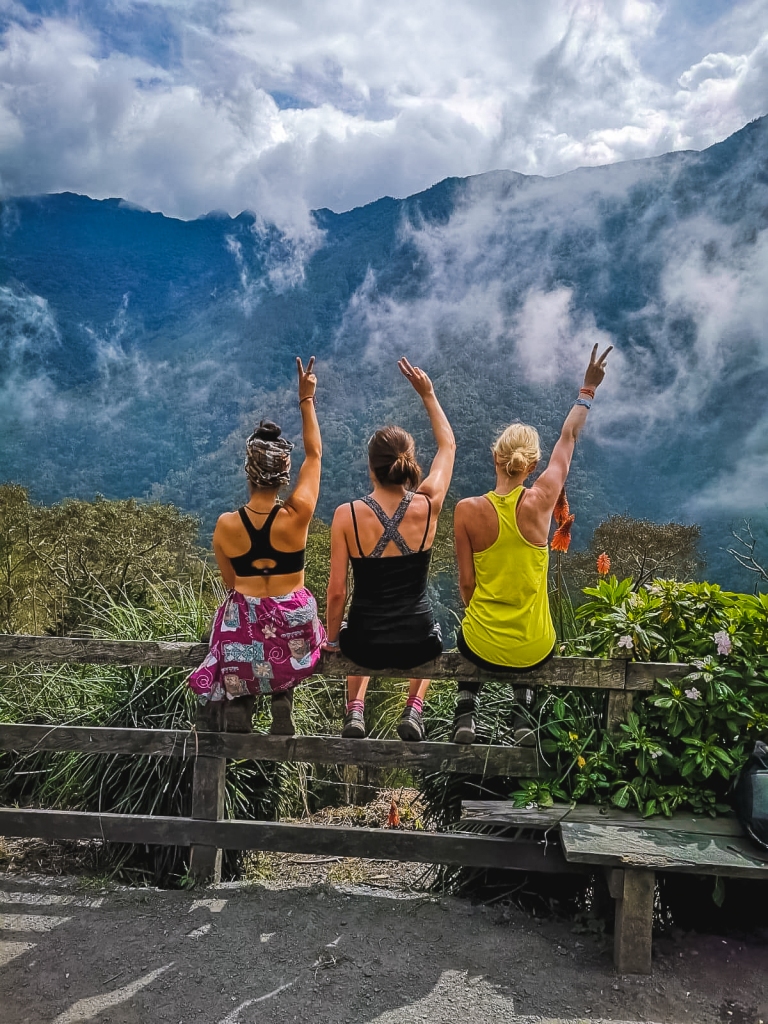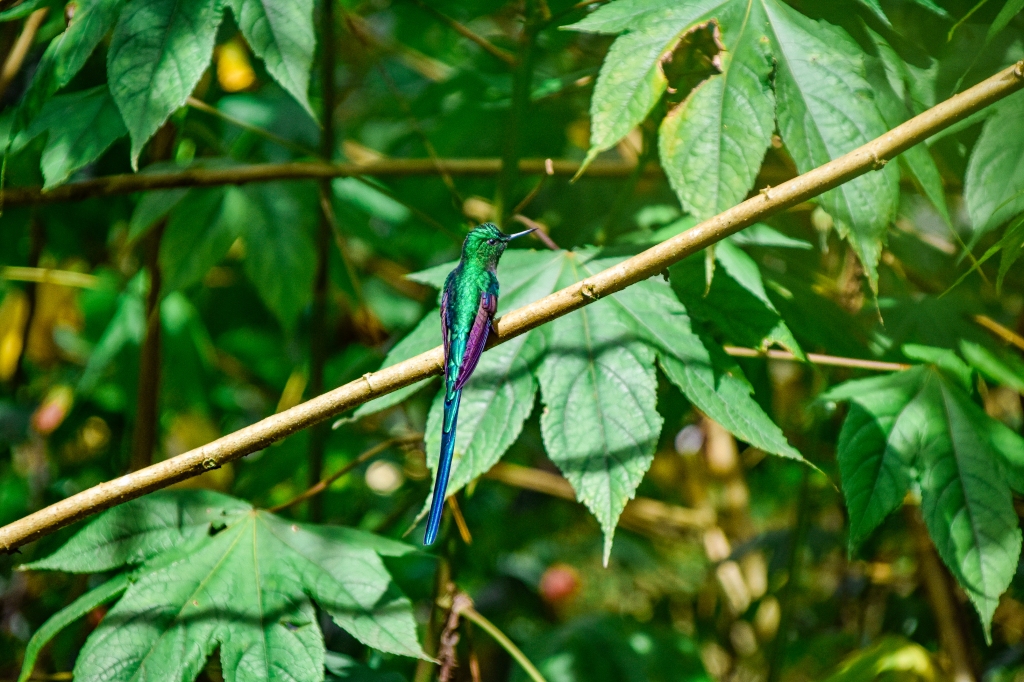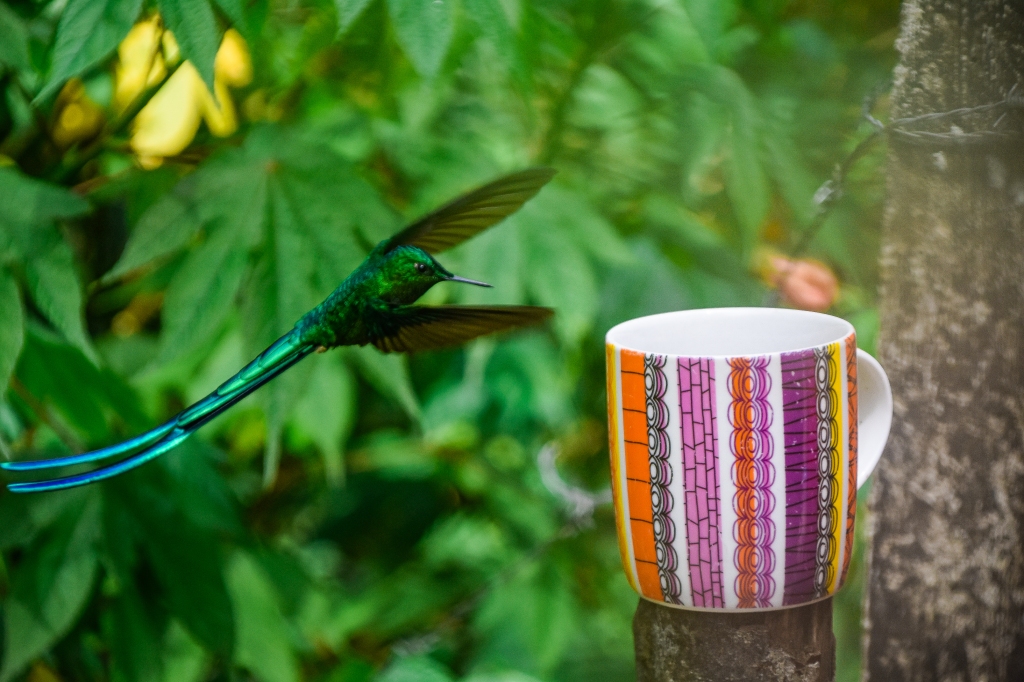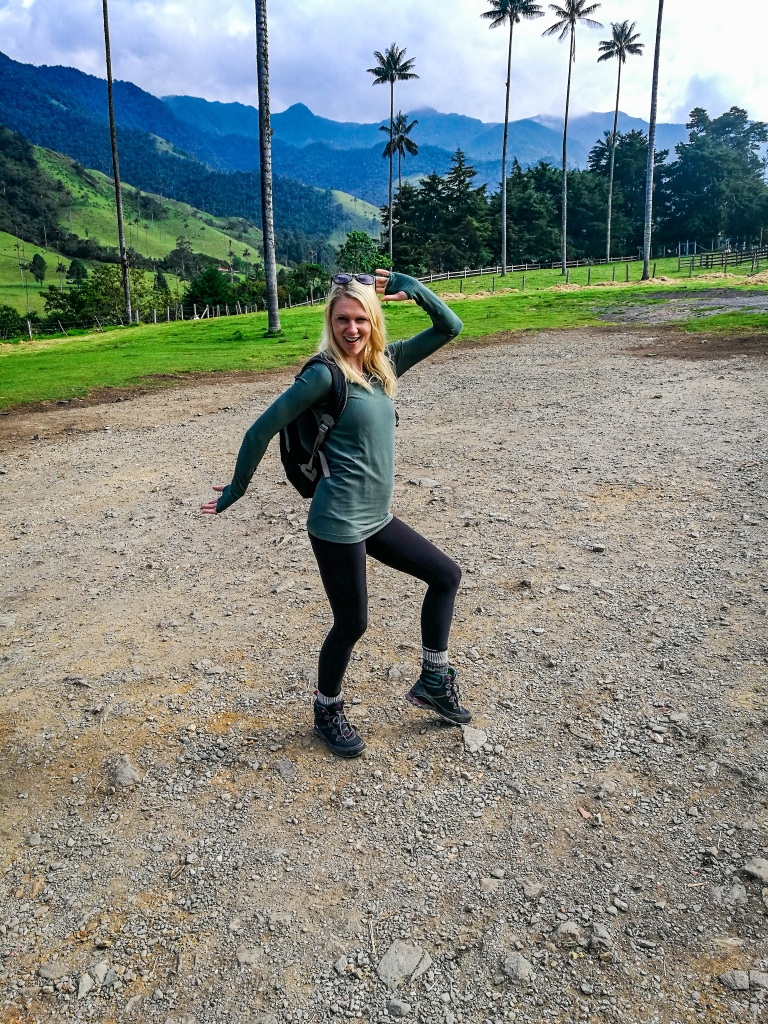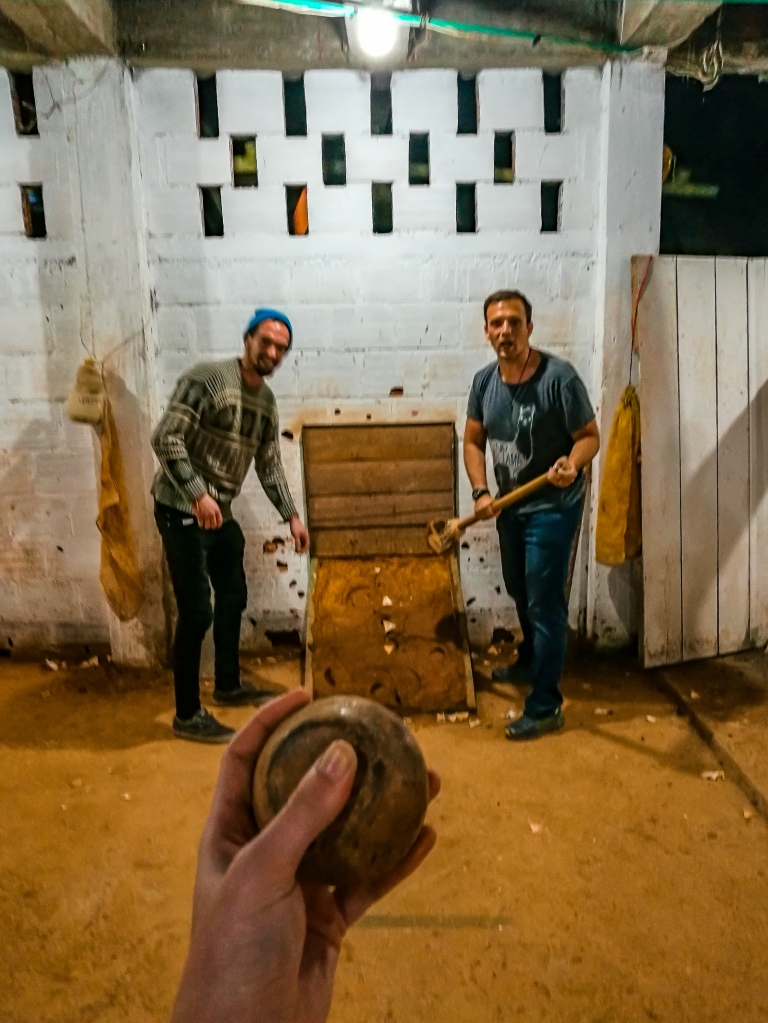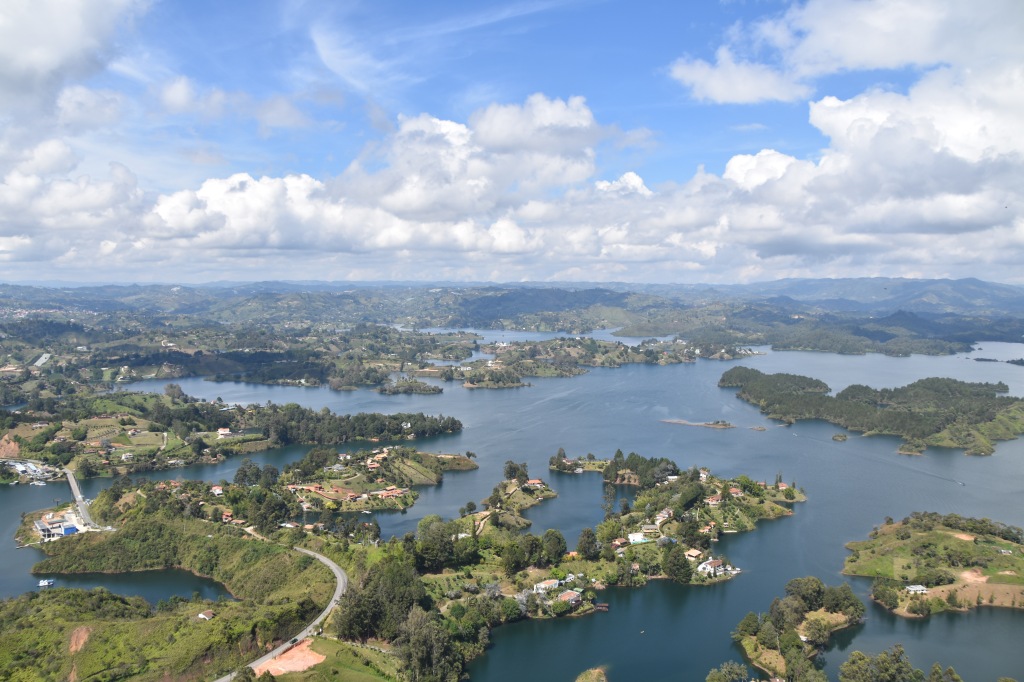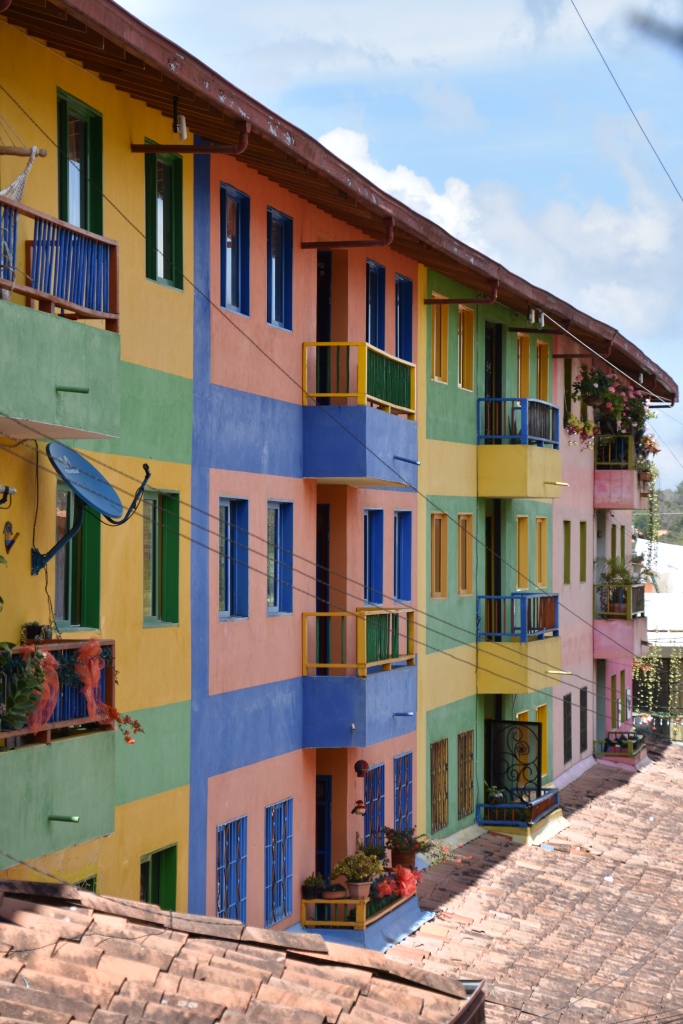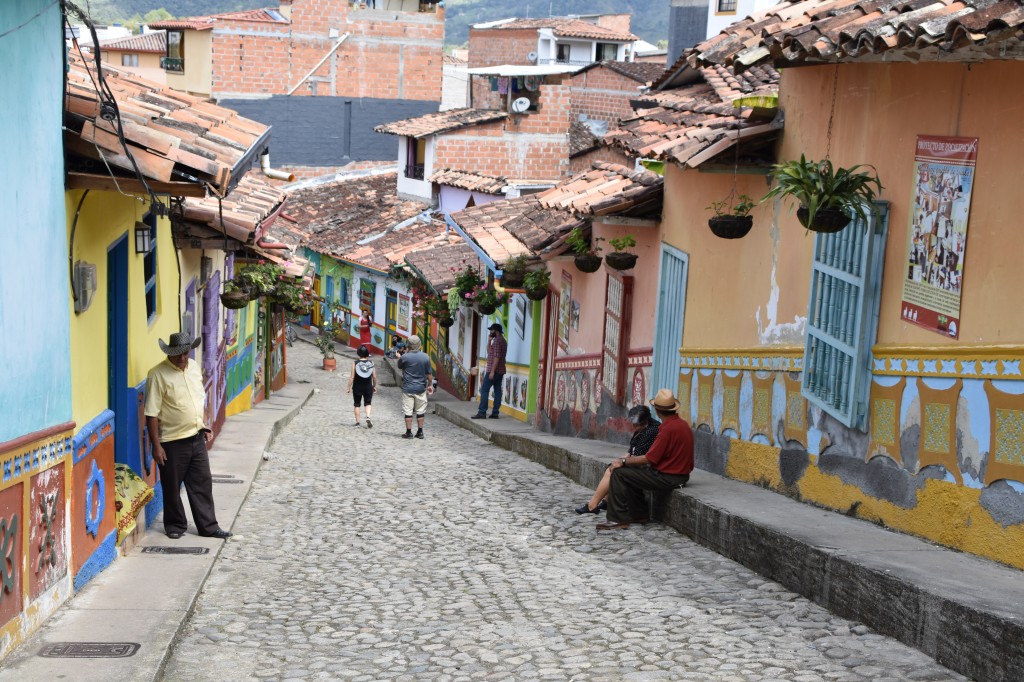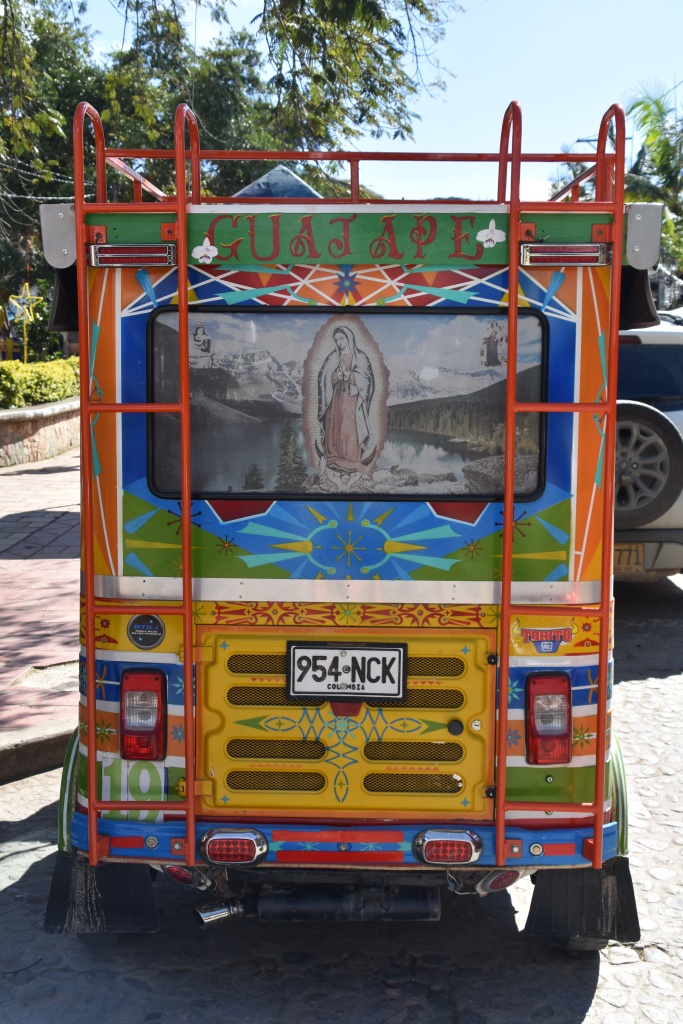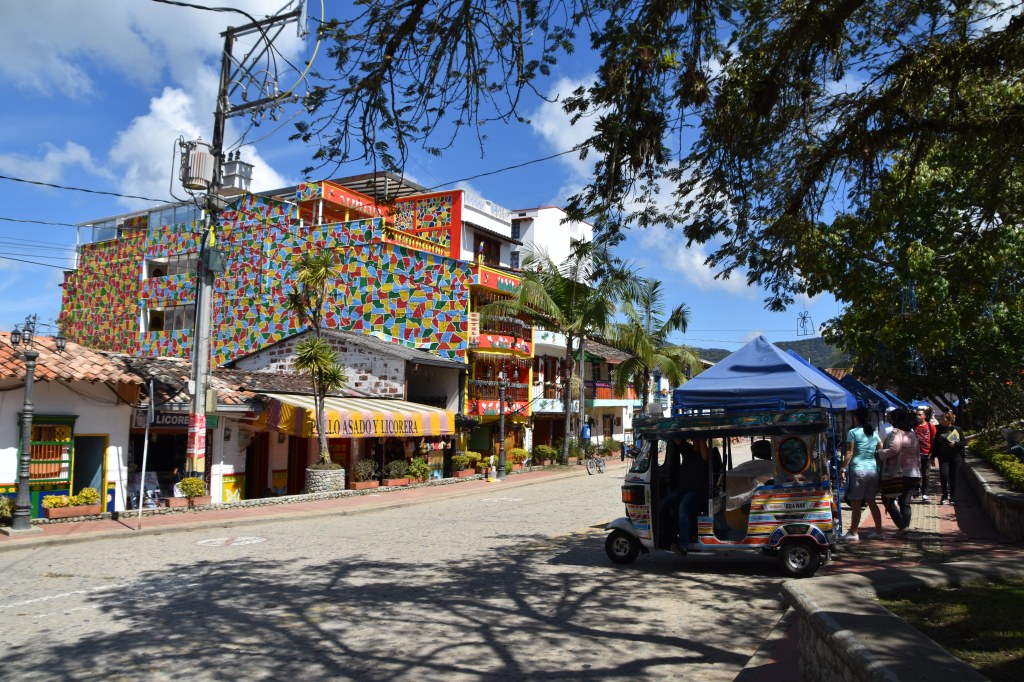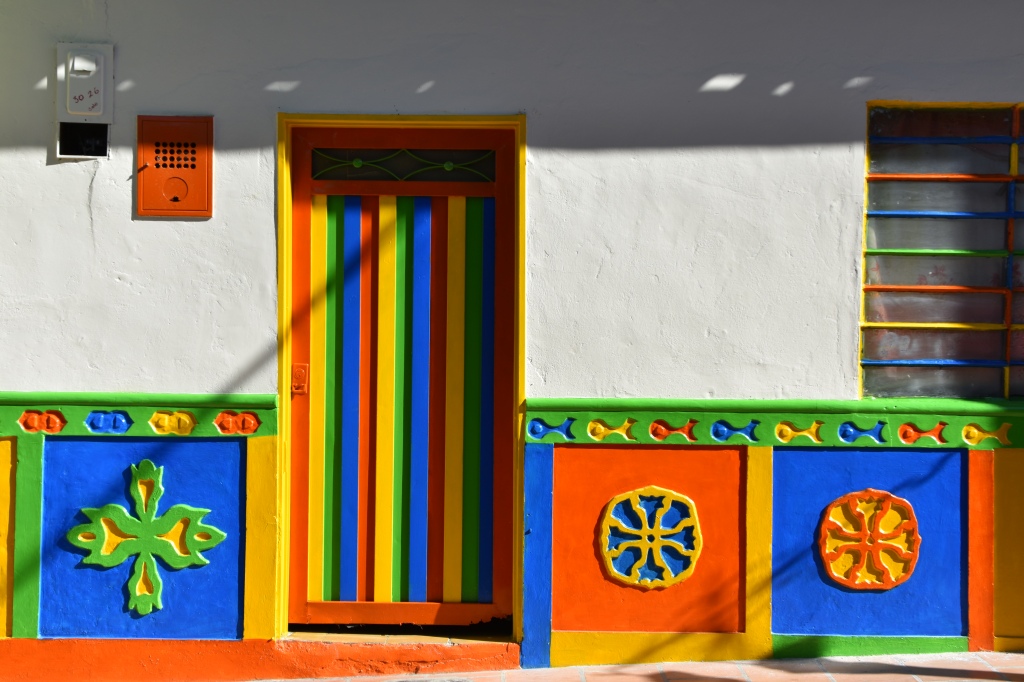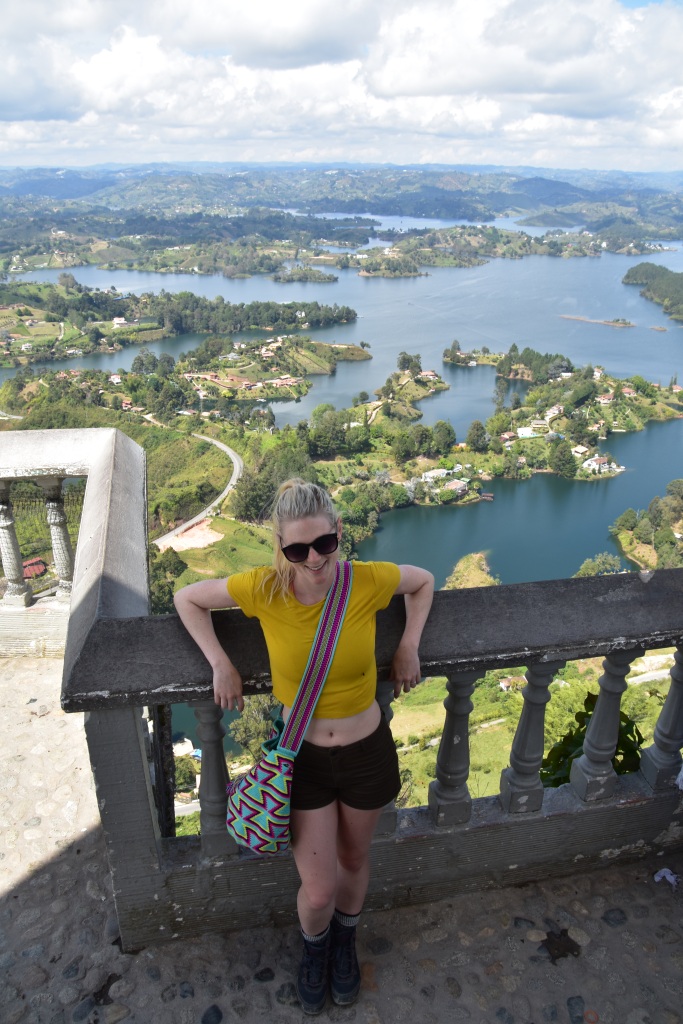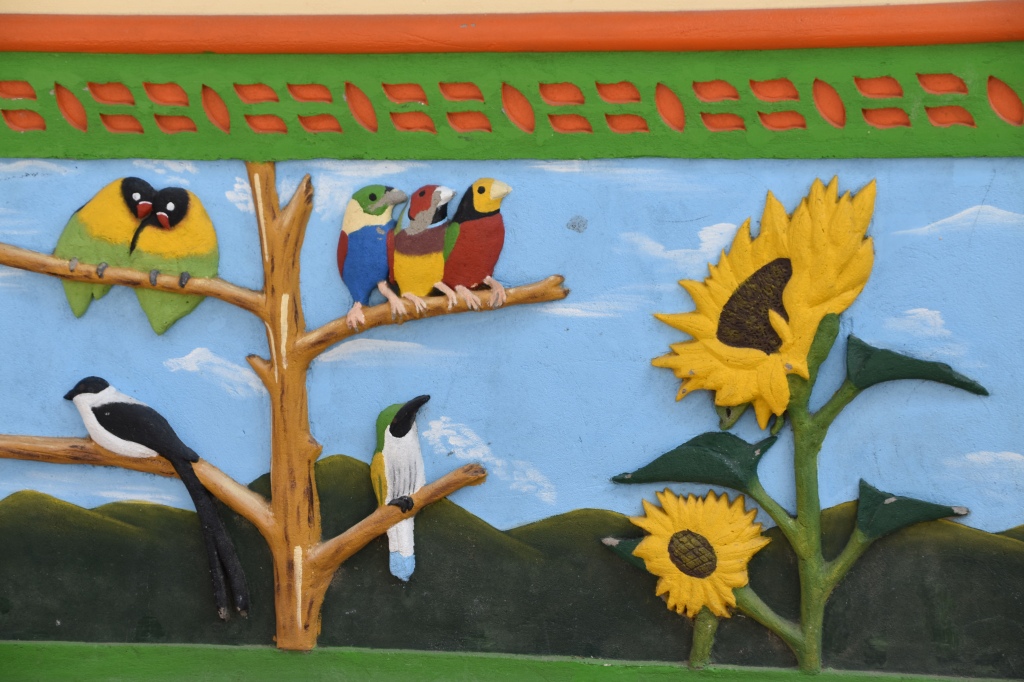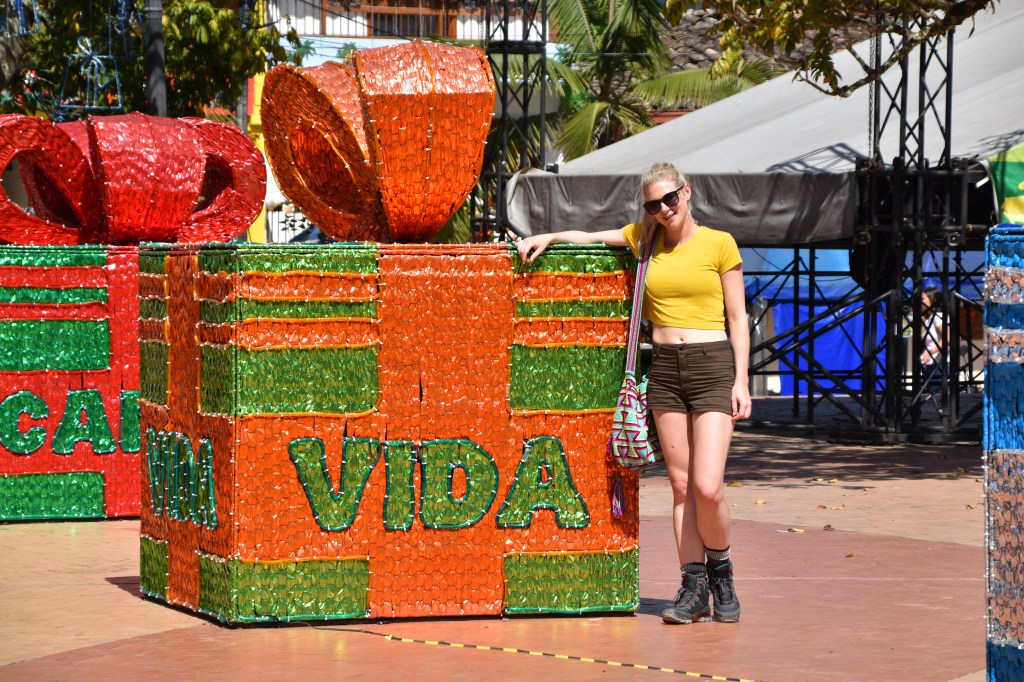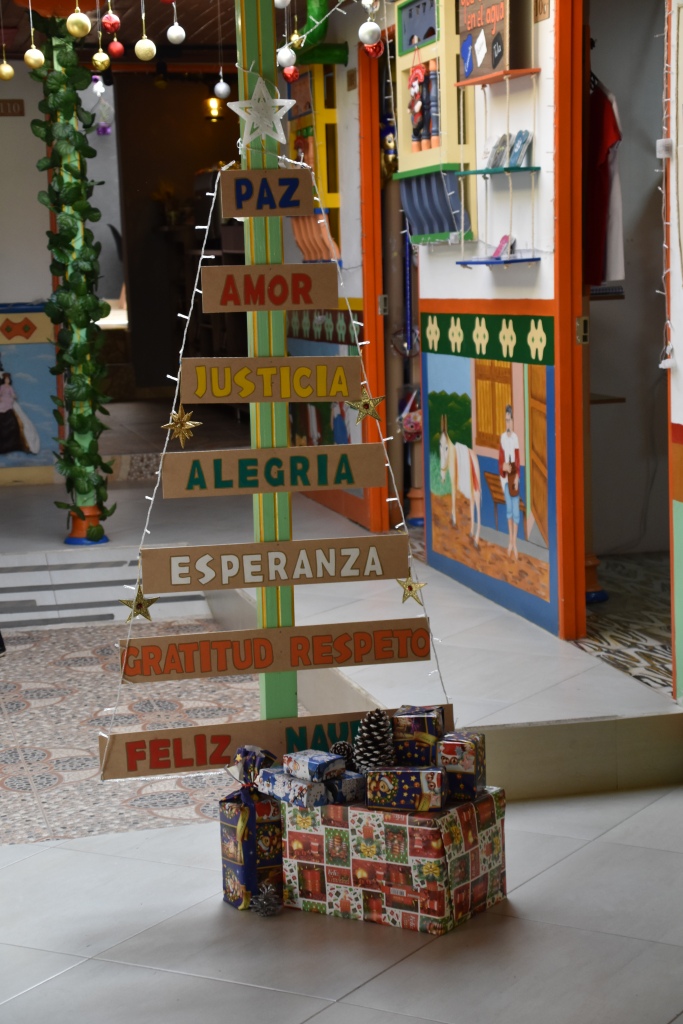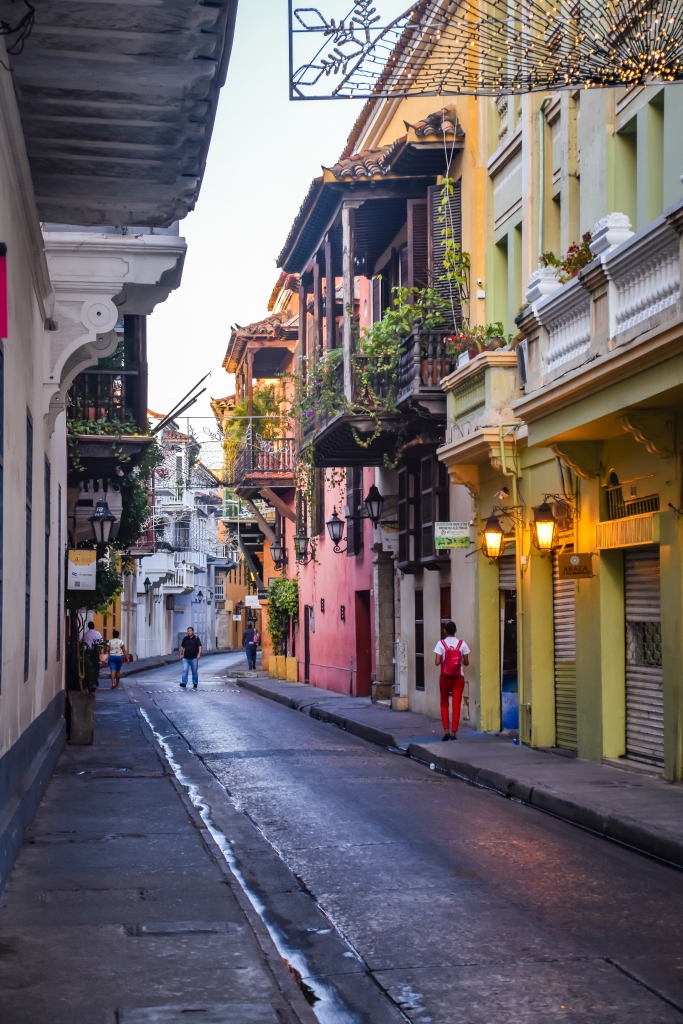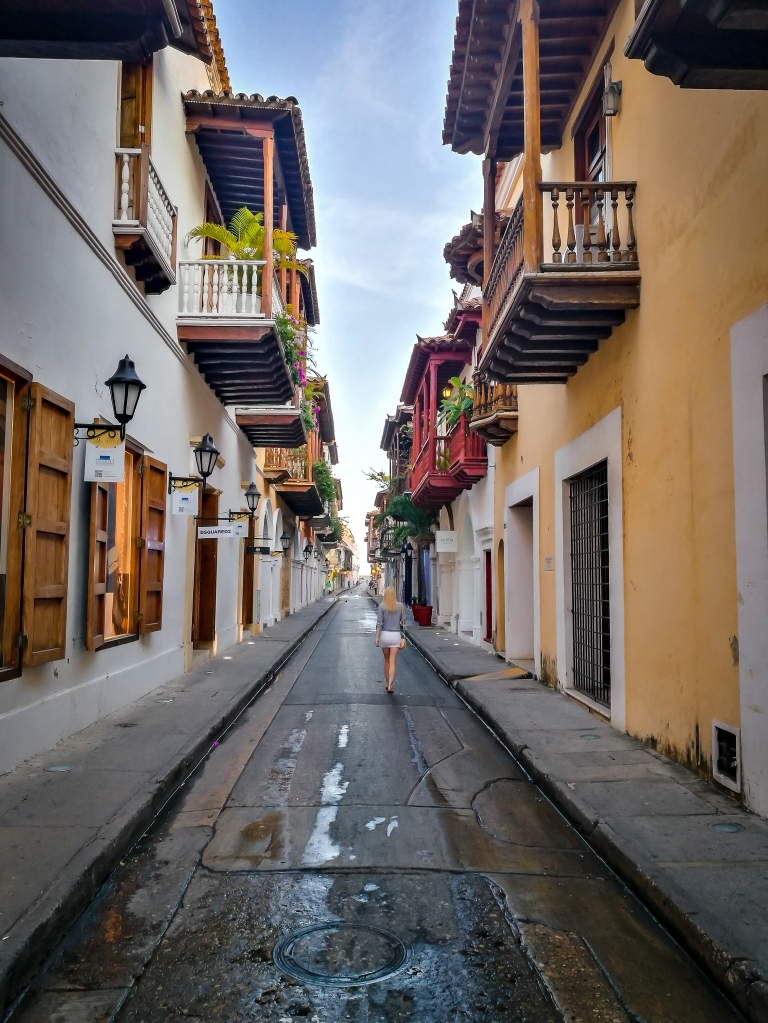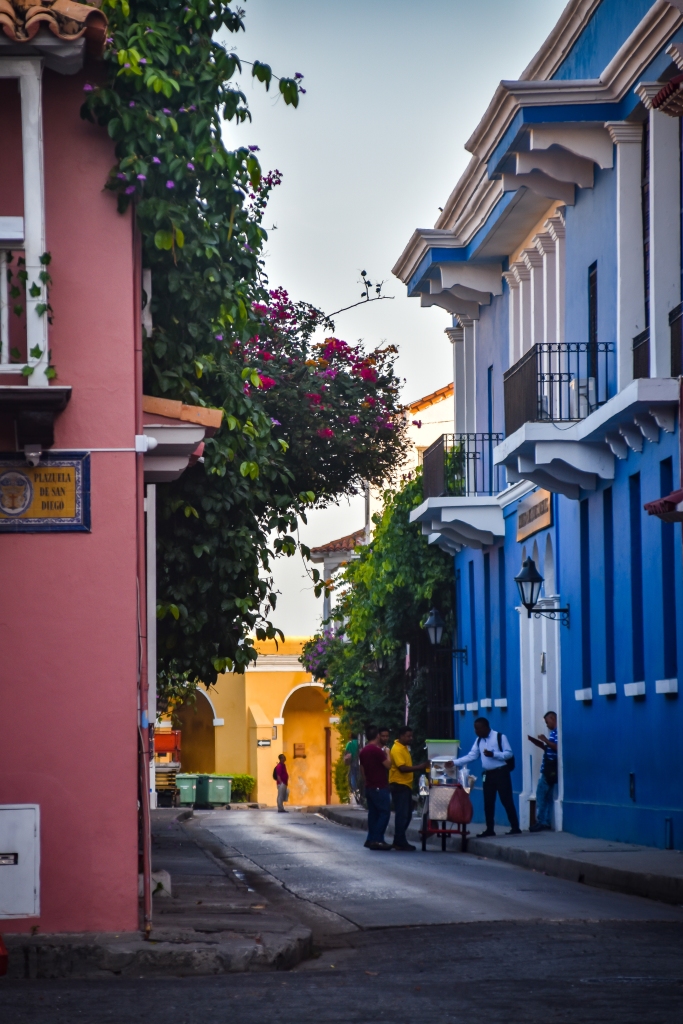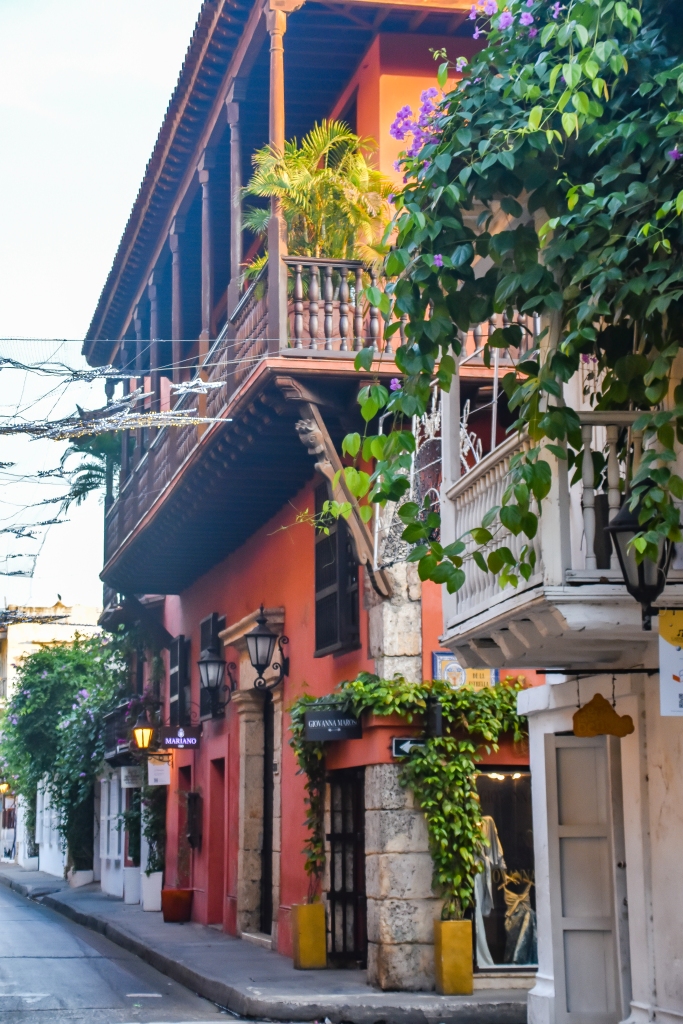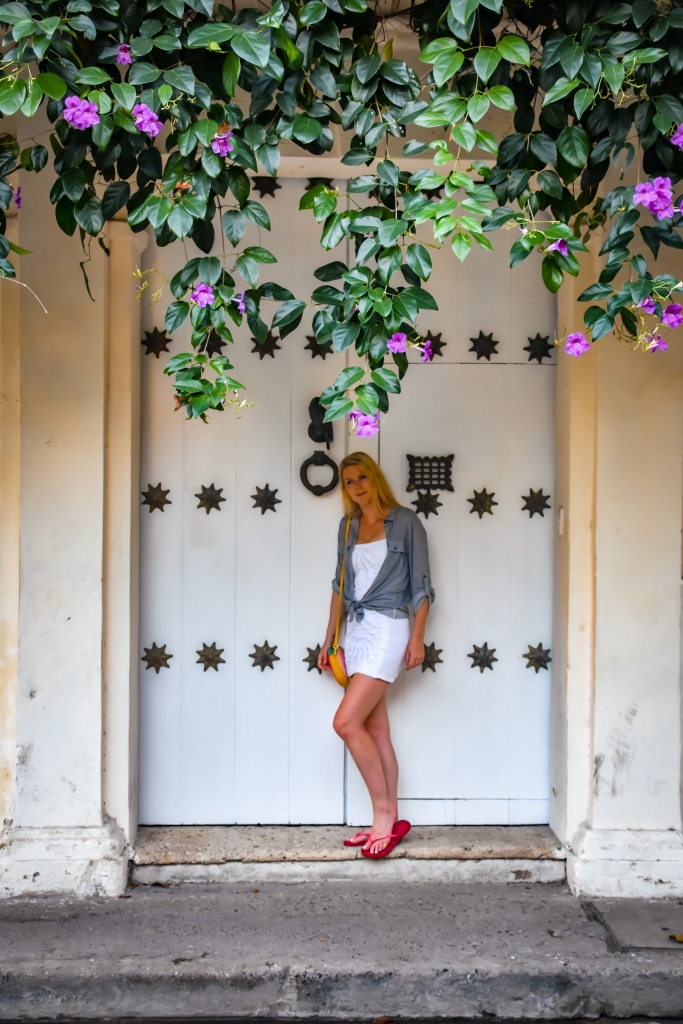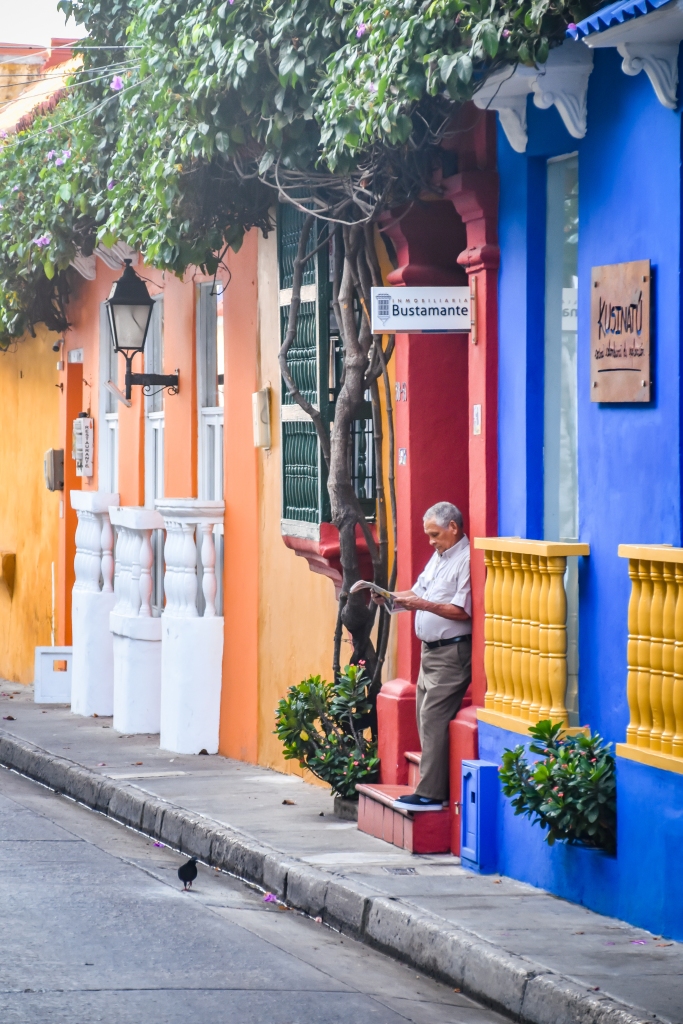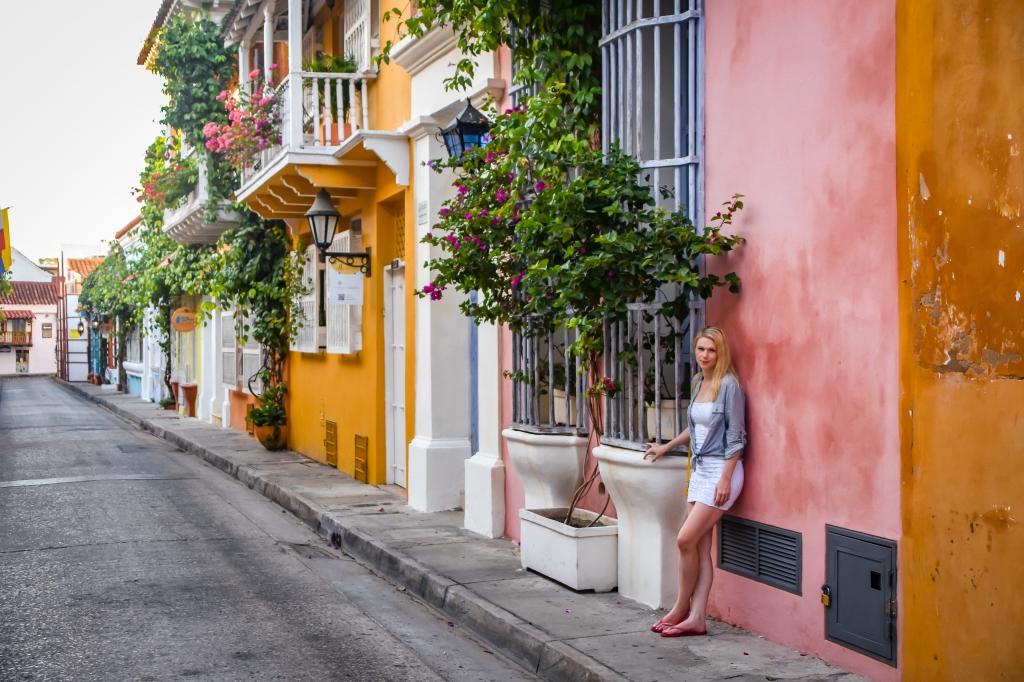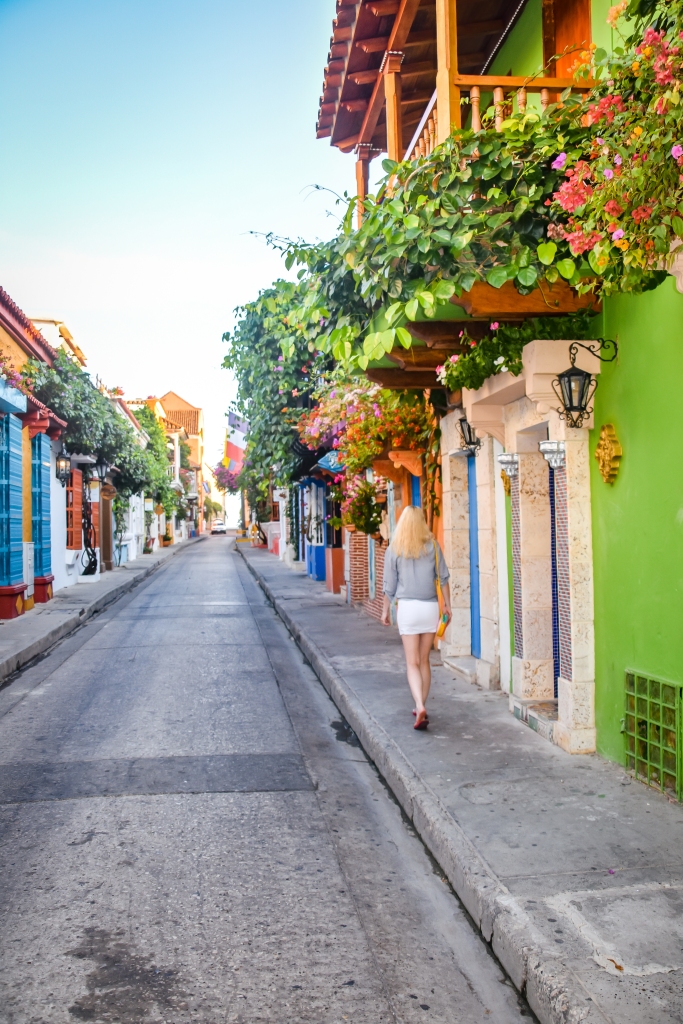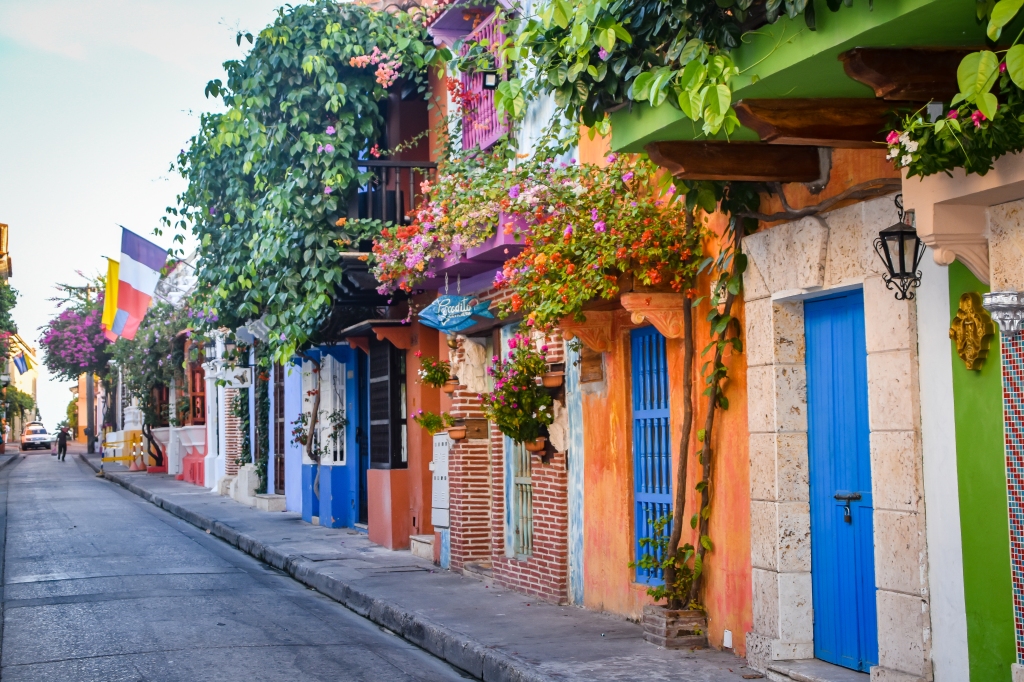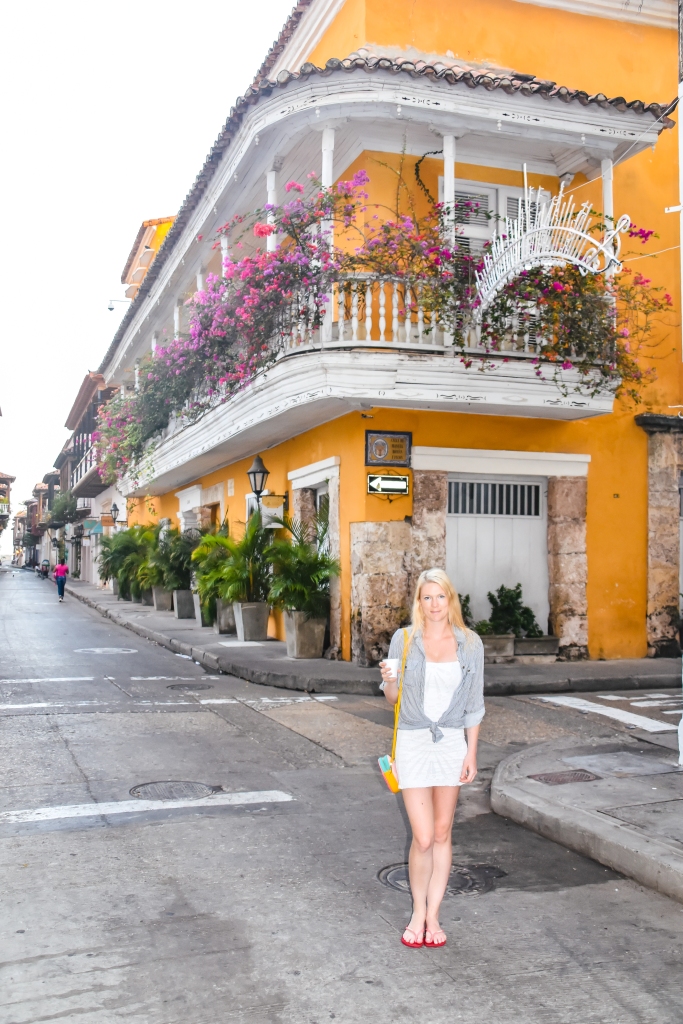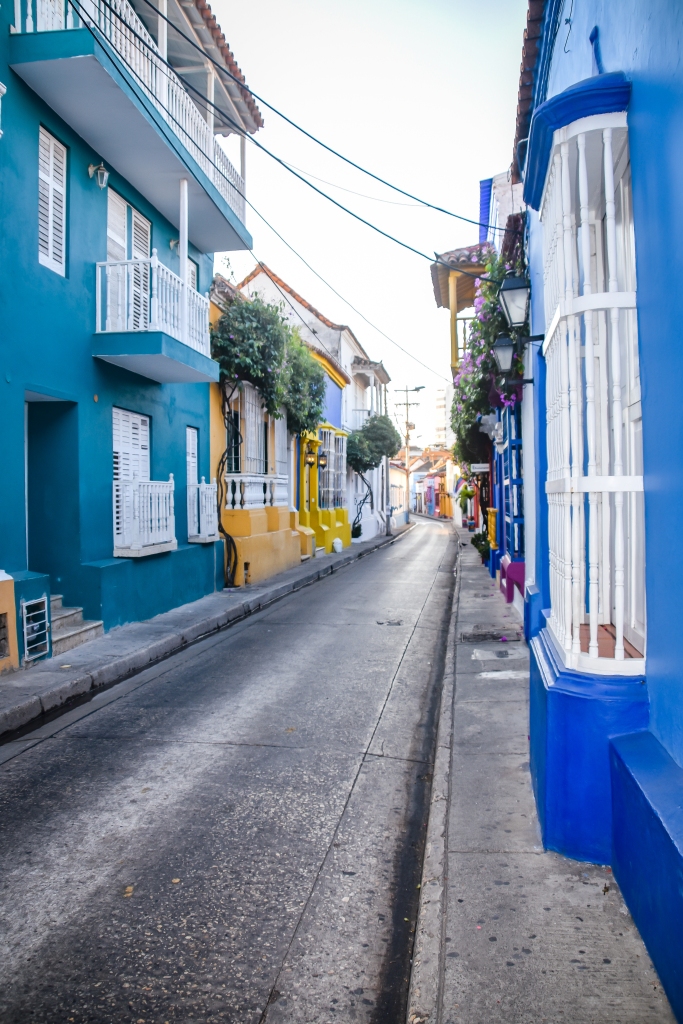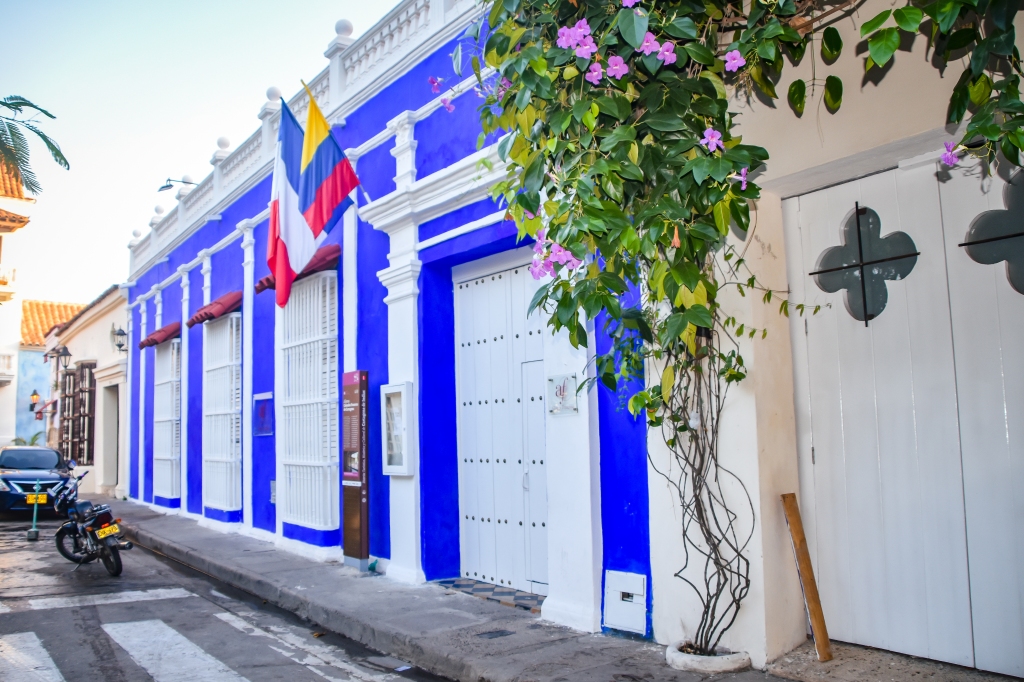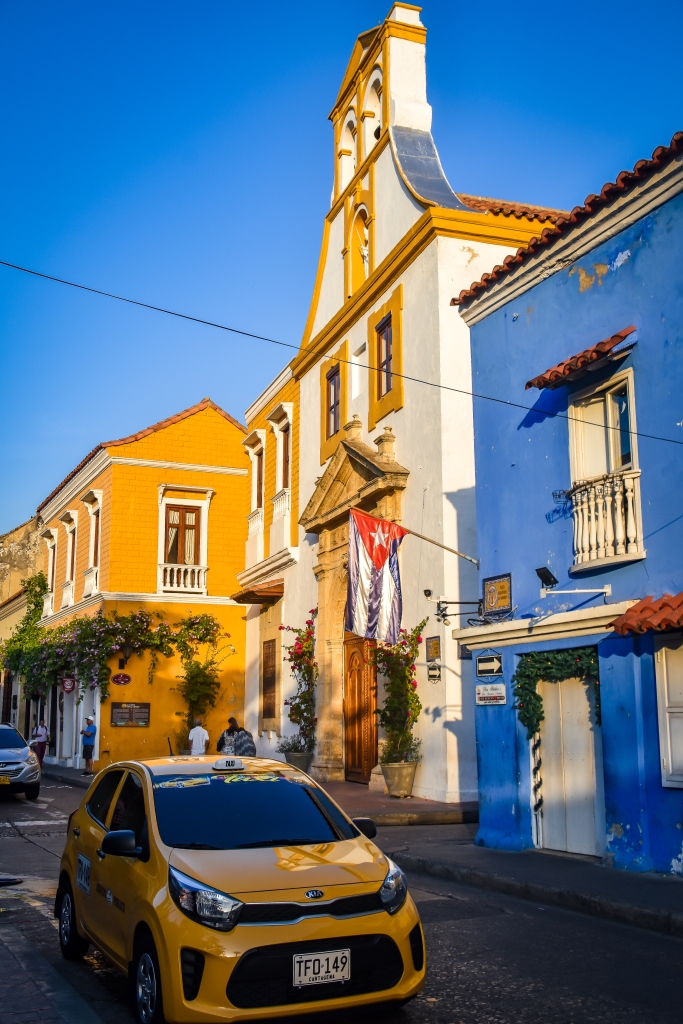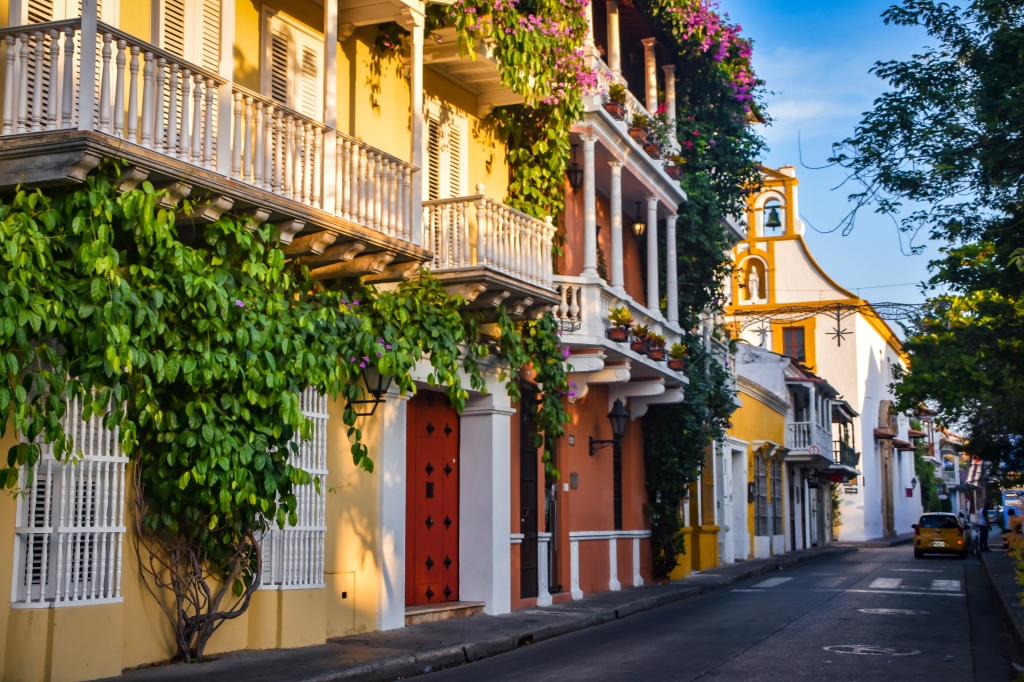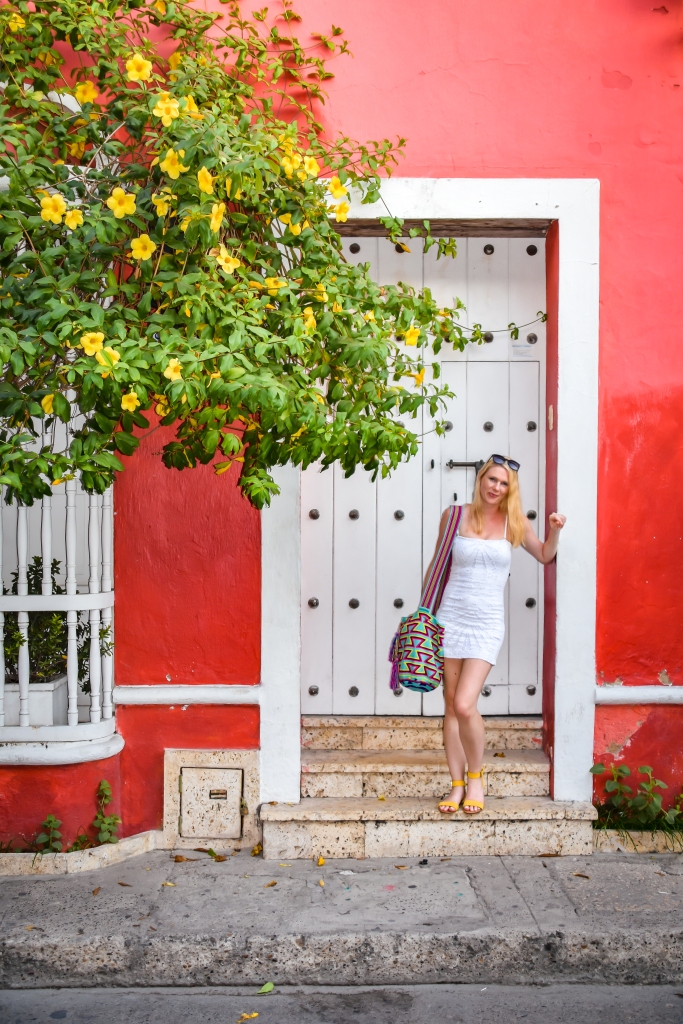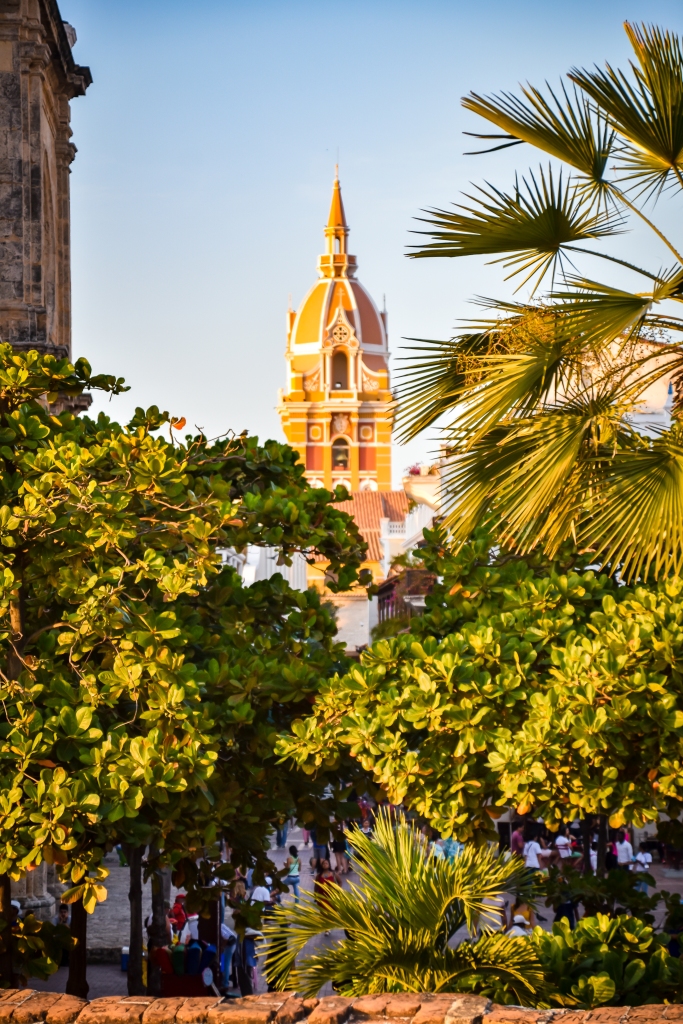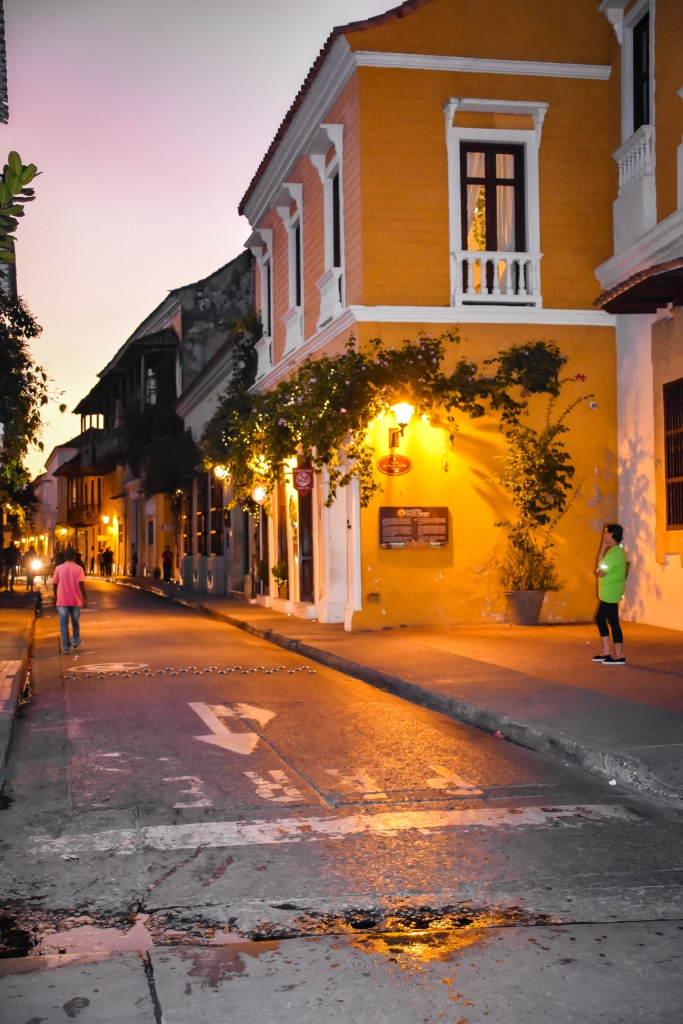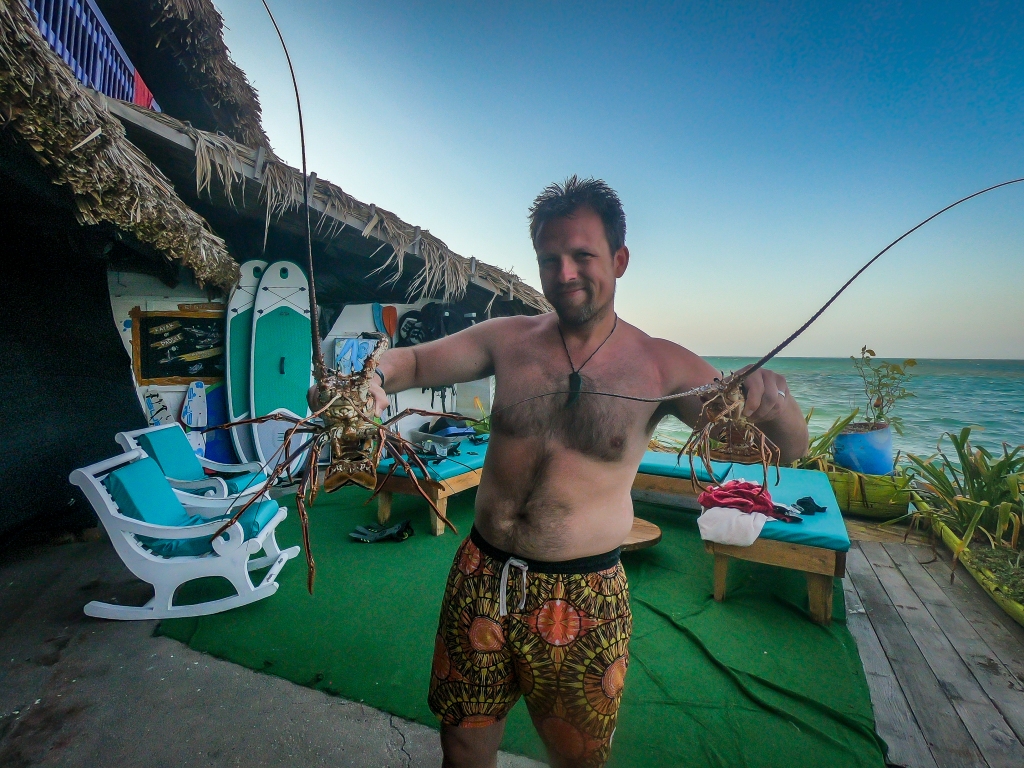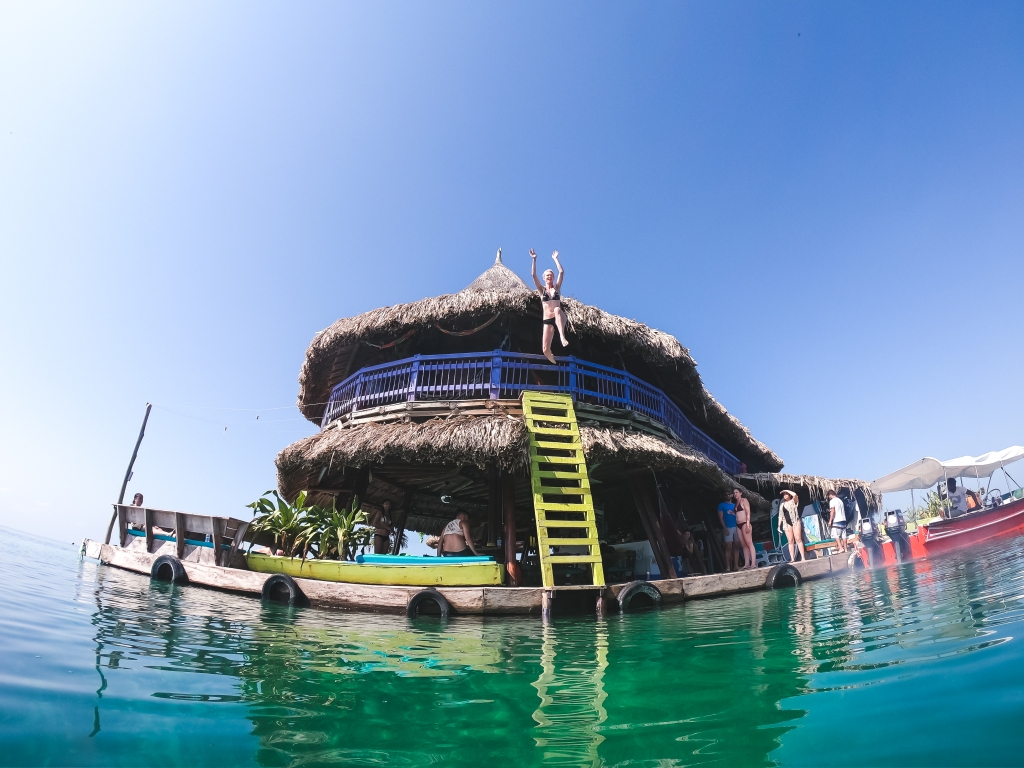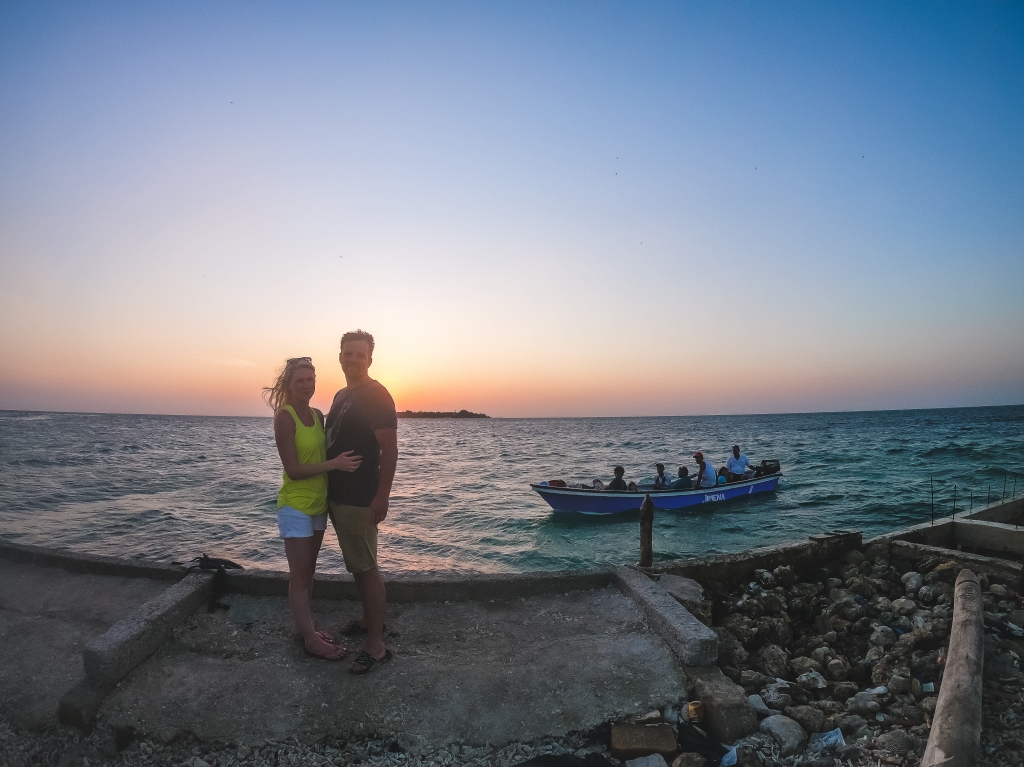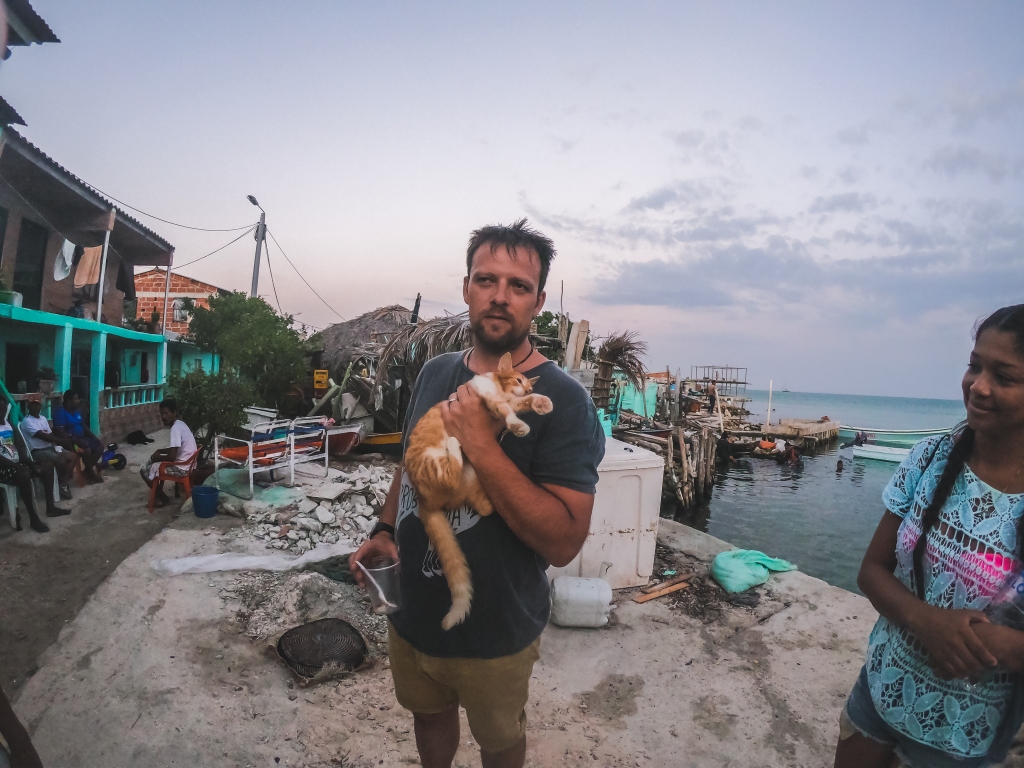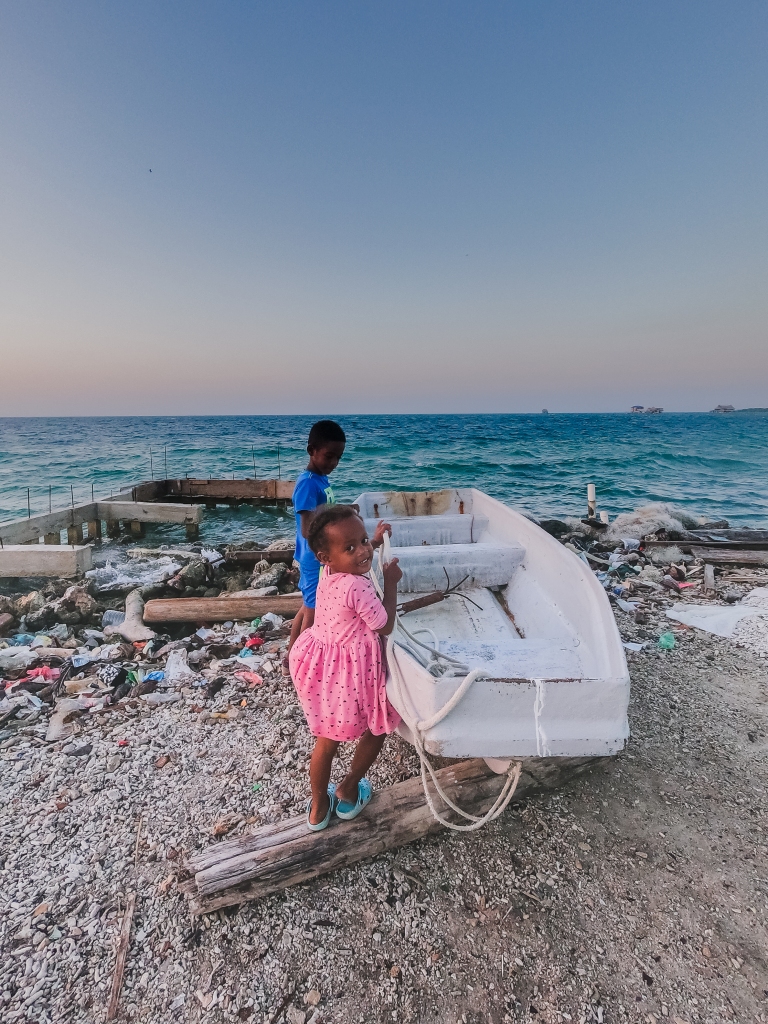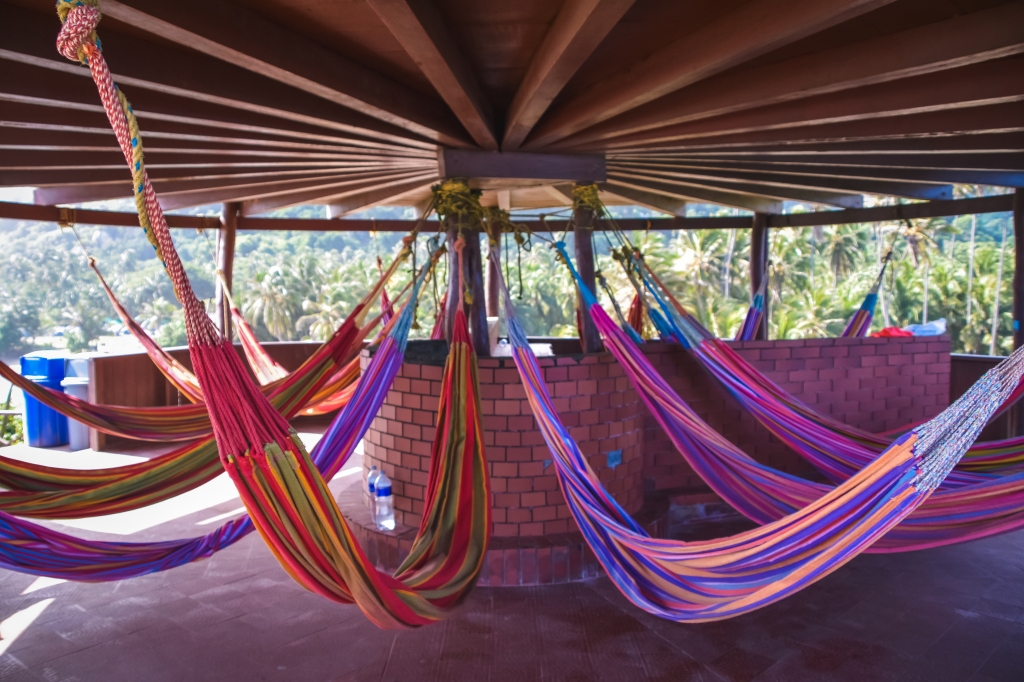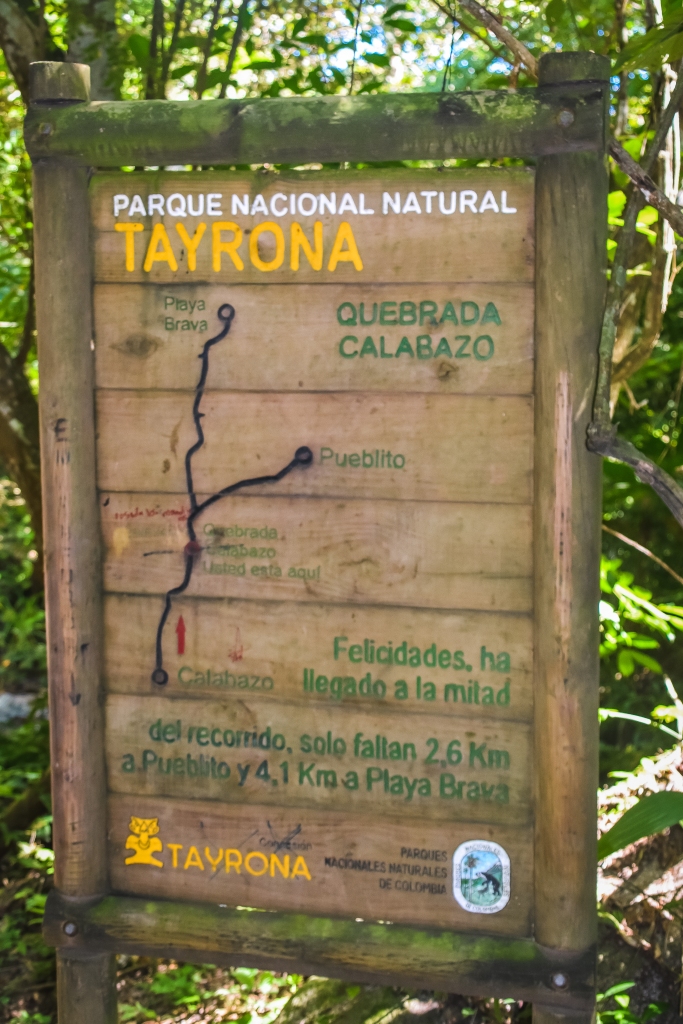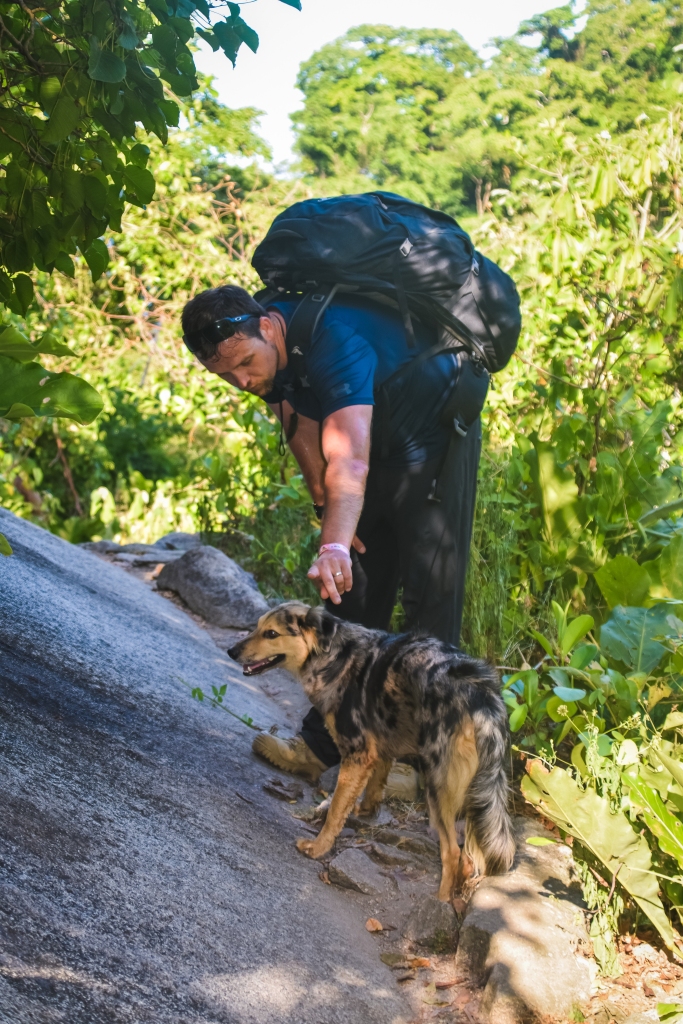This post contains affiliate links. If you use these links to book a stay or purchase an item I may earn a commission at no cost to you.
The border from Colombia to Ecuador is known as a relatively dangerous one, however it is also a convenient way to travel between the two countries for those doing a long South America journey. Many people who want to visit both Las Lajas Sanctuary and Otavalo will find that this is much more convenient than flying between the two countries despite the long journey’s involved in travelling overland.
Ipiales is a necessary stop to cross the border, but it is like any other border town – don’t hang around here there is nothing to do and its not safe. Stay overnight if you need to as the border crossing does take a while and you will likely have travelled quite a distance to get to the border. Allow plenty of time to get over the border in either direction.
Top Tip for crossing the border:
Visit Las Lajas Sanctuary (a stunning church surrounded by lush scenery) while you are here. It’s a must-see sight – see my blog post here.
Where to stay:
I don’t have any specific recommendations for places to stay in Ipiales other than I recommend you don’t if you can help it. BUT as always you should be able to find something good on Booking.com as they have a few passable options. I suggest spending a bit more to get a nicer hotel here as you won’t want to leave it while you are in Ipiales and also suggest booking something with a restaurant as there is nowhere nice to eat in Ipiales.
Getting there and away:
Ipiales is a 12 hour bus journey from Cali (the closest city in Colombia of any interest to tourists) or if you are arriving from Ecuador it’s a an approx. 3 hour journey from Otavalo in Ecuador (not including time spent crossing the border).
To get to the border from Ipiales you just need to take a taxi or a colectivo – your hotel can call a taxi for you or let you know where to catch the colectivo from. The border crossing is called Frontera/Rumichaca so you will want one heading in this direction.
Preparation needed:
Before you head to the border spend all your Colombian money – purchase water and snacks for the bus journey into Otavalo. I recommend not buying anything at the border crossing as it is all overpriced.
Also check the exchange rate for COP to US Dollars before you leave for the border so you know what a good rate is as you will likely need to change money at the border (they can sometimes rip you off – make sure you know how much you should receive and count your bills).
What to expect:
If arriving at the Colombian side of the border, turn left to queue at the Colombian Immigration office to get your exit stamp. Take the right gate to leave the immigration office and head towards the bridge (only a short walk).
On the Ecuadorean side of the bridge turn right and head towards their immigration office. Get in this line to get an entry stamp – you will be asked to leave your big bags outside.Turn right out of the office and follow the road across to a carpark – here a collectivo will take you to Tulcan Terminal (15 min trip from the border).
Allow a few hours for this border crossing process due to queues. Also, there is no fee to enter or exit so do not pay anyone. Buses leave regularly to Otavalo from Tulcan and take 3 hours. There are great mountain views on the road. Also the buses often get stopped by police so be prepared for this.
Let me know if it all goes smoothly for you and if any of this information is out of date!
Erika xx


